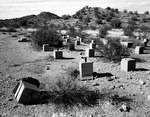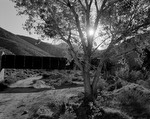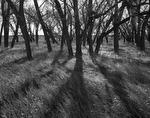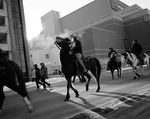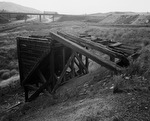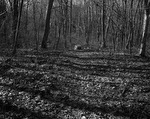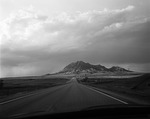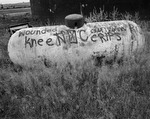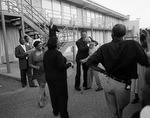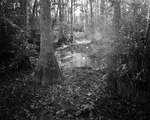AMERICAN HISTORY PROJECT
Photography and text by Andrew Lichtenstein
A s with any documentary photographer, I wanted to shoot important historic events. But afterwards another idea came to me — shooting locations where something significant had already occurred. After time passes it’s easier to determine what was important, and what wasn’t. I want to remind the public about forgotten moments in American history. The past is everywhere. All one needs to do is stop and look around.Montgomery, Alabama
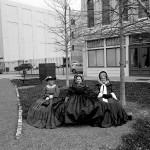
ALABAMA
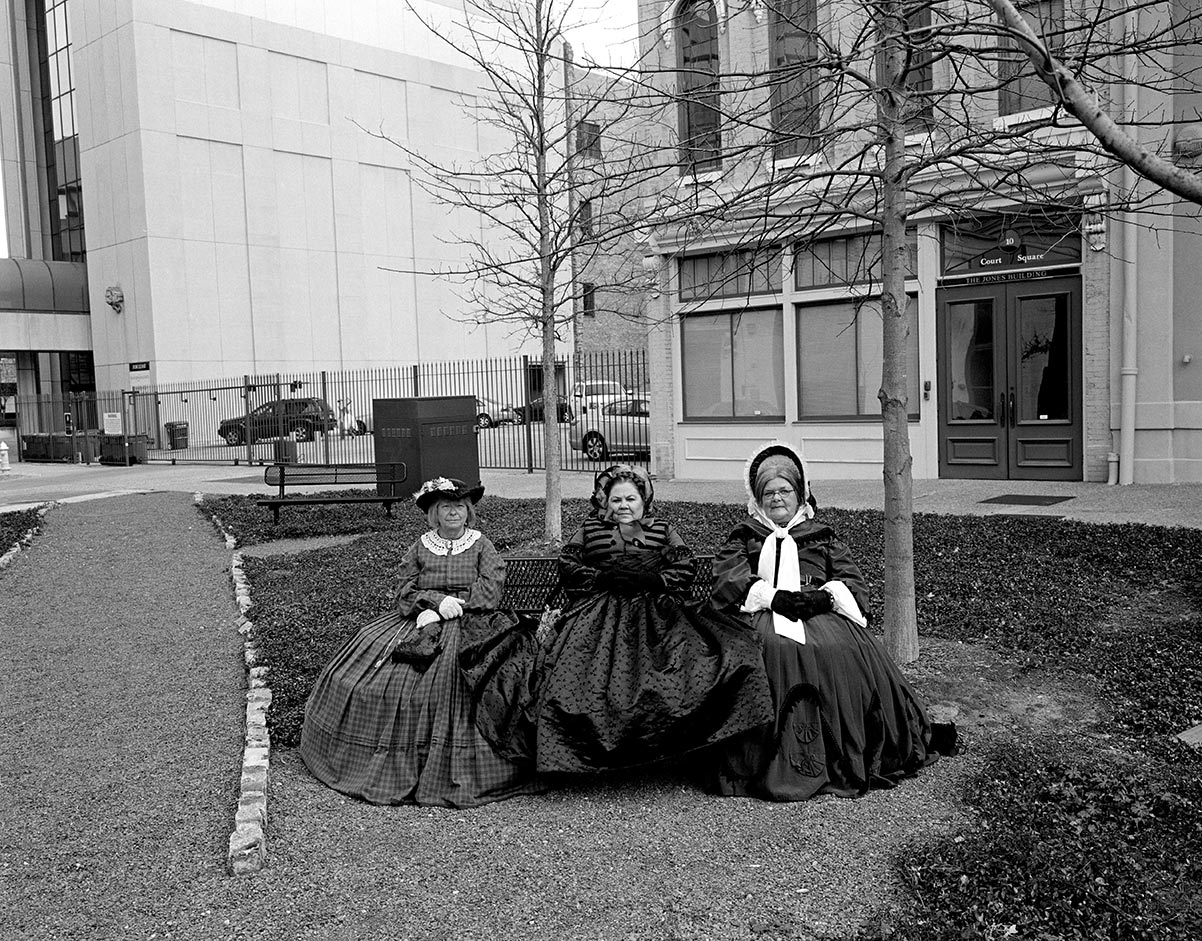
Montgomery, Alabama
To celebrate the 150th anniversary of the inauguration of President Jefferson Davis, Civil War re-enactors hold a rally in downtown Montgomery, the first capitol of the Confederacy. Perhaps by coincidence, these women, waiting for the rally to begin, are sitting on a park bench where Rosa Parks boarded the city bus she was arrested on in 1955.
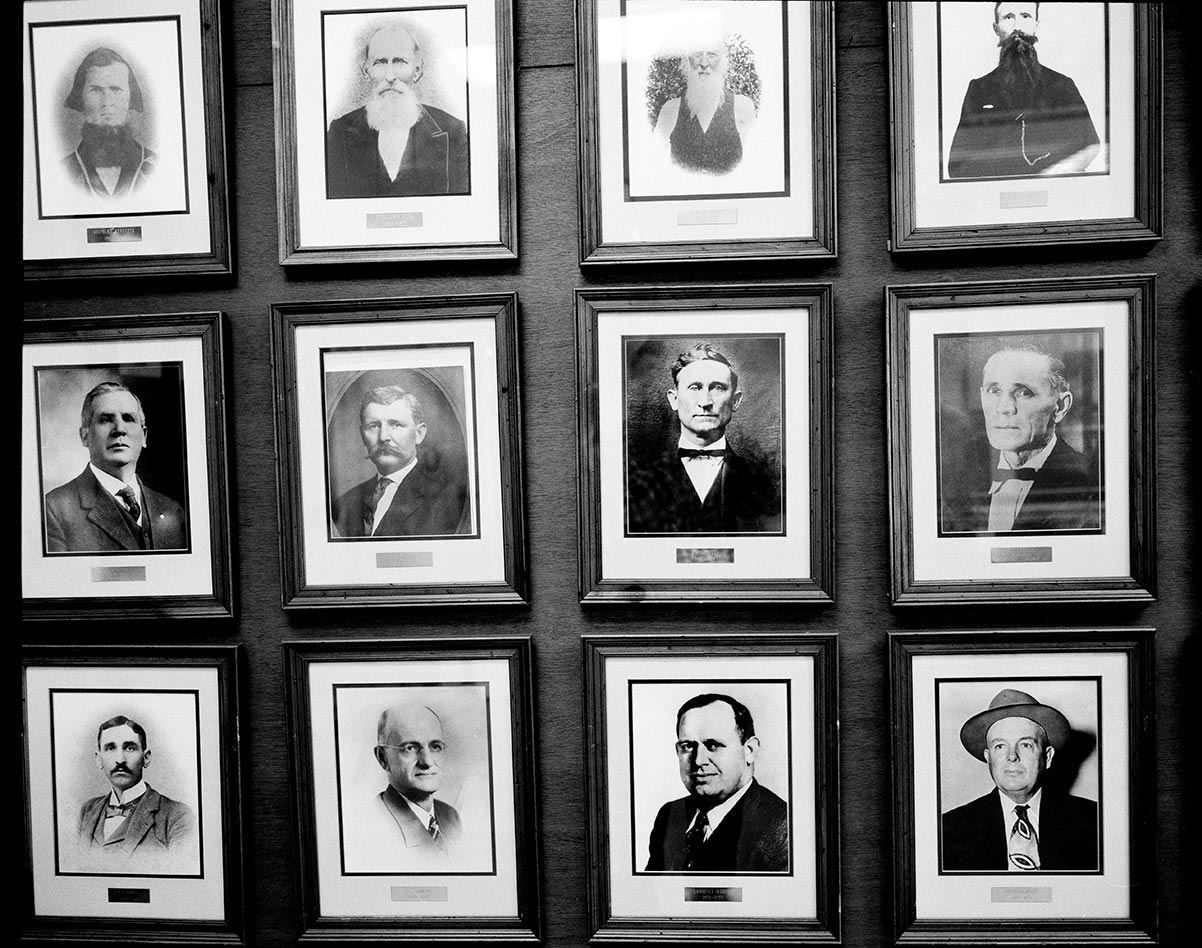
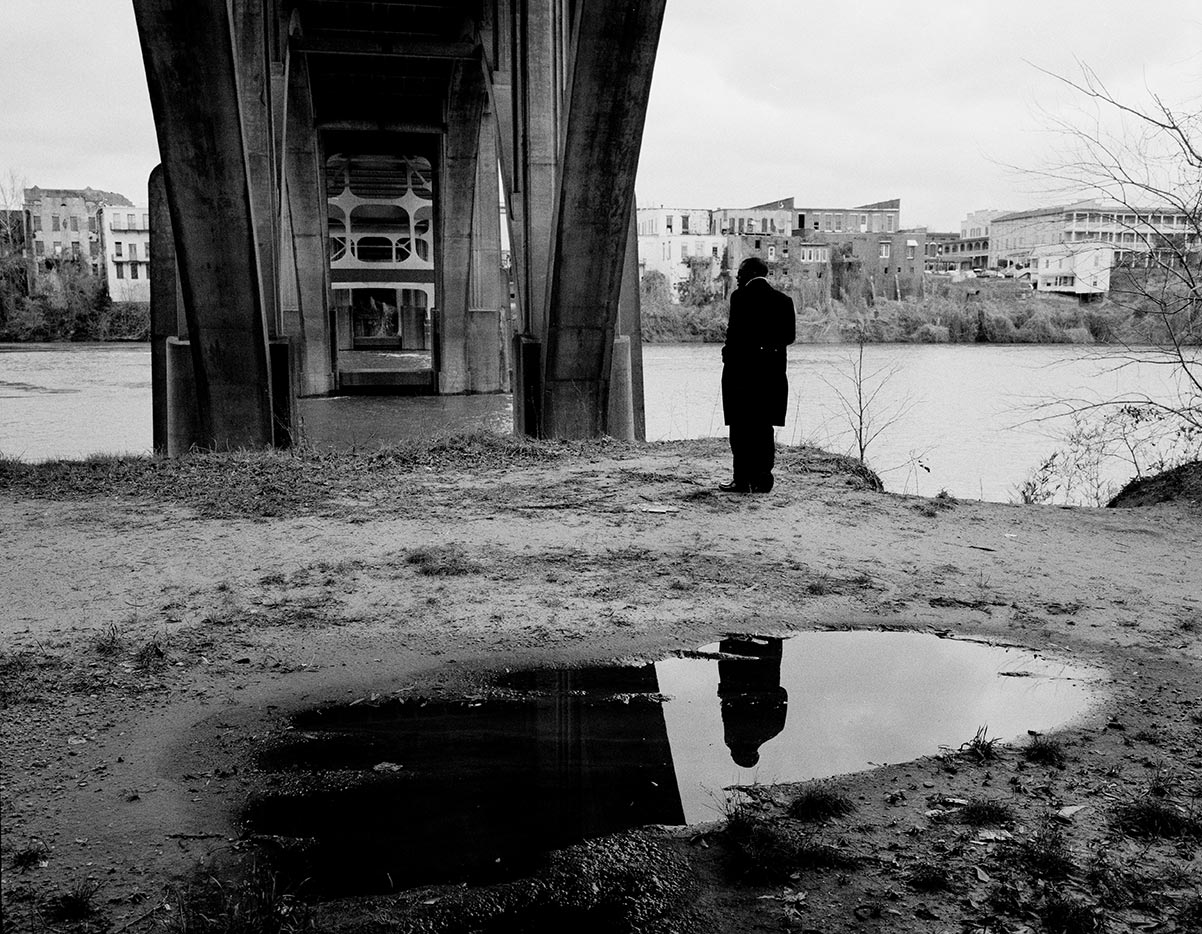
Selma, Alabama
National television footage of Civil Rights marchers being attacked by state troopers as they crossed over the Alabama River on the Edmund Pettus Bridge in Selma was a defining moment in the Civil Rights era. Every year, marchers commemorate the day in 1965, known as “Bloody Sunday”, by walking over the bridge again. Civil Rights tourism brings a much-needed boost to the economically depressed area.
ARIZONA
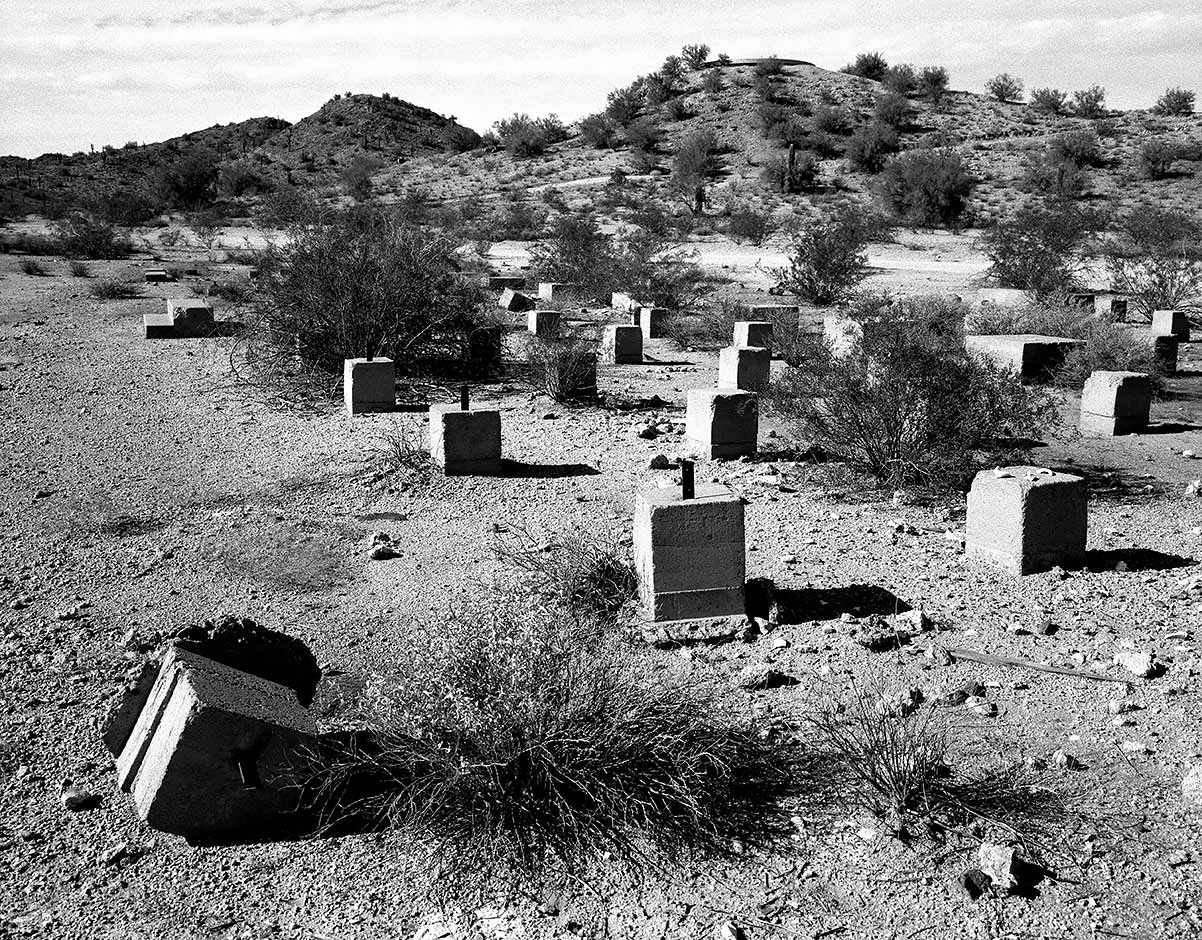
Gila River Indian Community, Arizona
The Gila River War Relocation Center was a concentration camp built for Japanese Americans on Indian reservation land, despite strong objections from the Indian government. In 1944 it housed over 13,000 prisoners in the dry desert south of Phoenix, making it the fourth largest city in Arizona at the time. Compared to some of the other nine internment camps built during the Second World War for Japanese Americans, conditions here were favorable, with well-organized desert gardens and baseball fields. Today, only a few rusty nails and concrete pilings remain.
CALIFORNIA
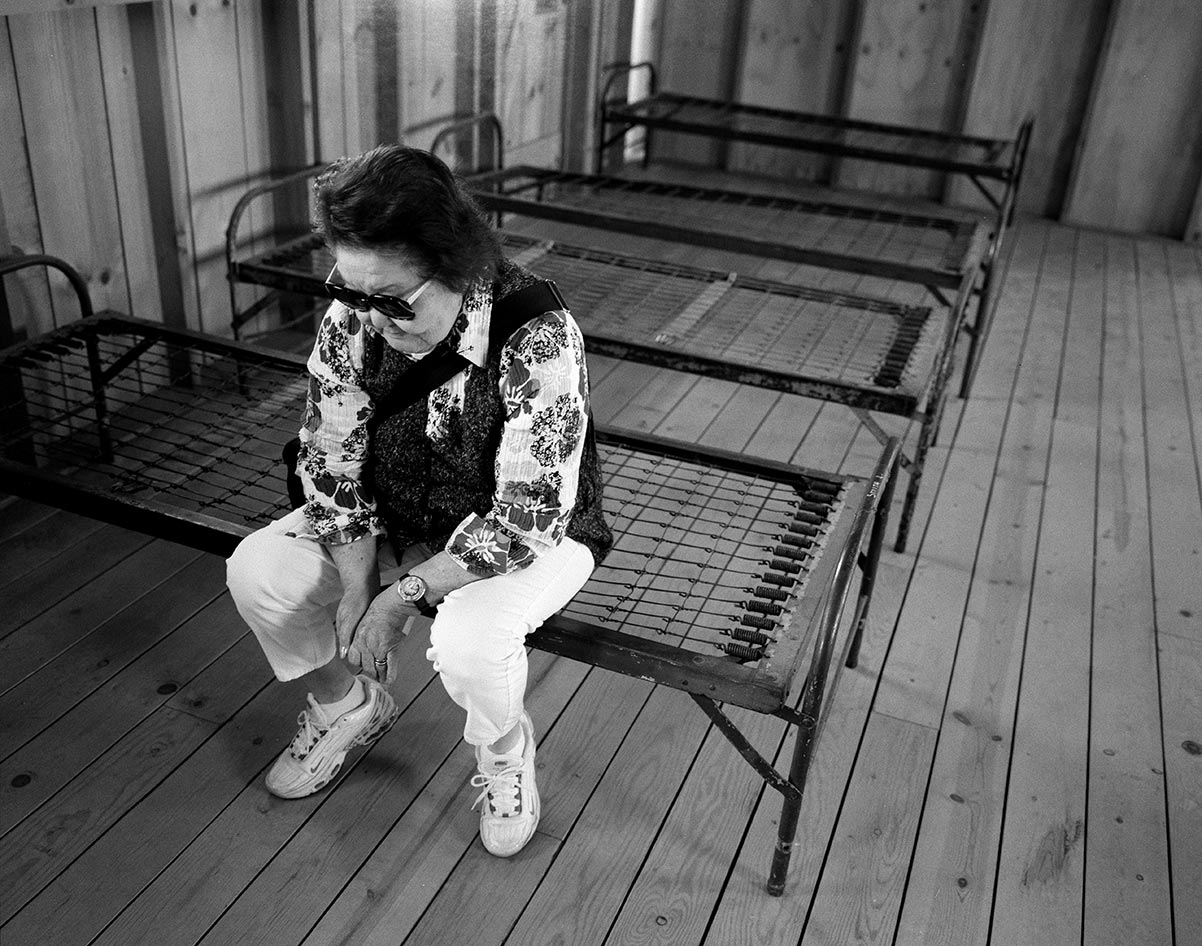
Independence, California
The National Park Service has restored a small section of the Manzanar Japanese internment camp in Owens Valley, California. Every year Japanese Americans have organized a pilgrimage to the camp for victims and their families of Executive Order 9066, which in early 1942 set the stage for the imprisonment of over 110,000 Japanese American citizens. Aiko Morimoto, 83, who lived in the Topaz camp as a young girl, sits on a cot in a cabin designed to recreate Manzanar. “It is good they have built this” she said. “But it is not the same. The dust, the bugs, the heat…no one would come visit if it were really the same.”
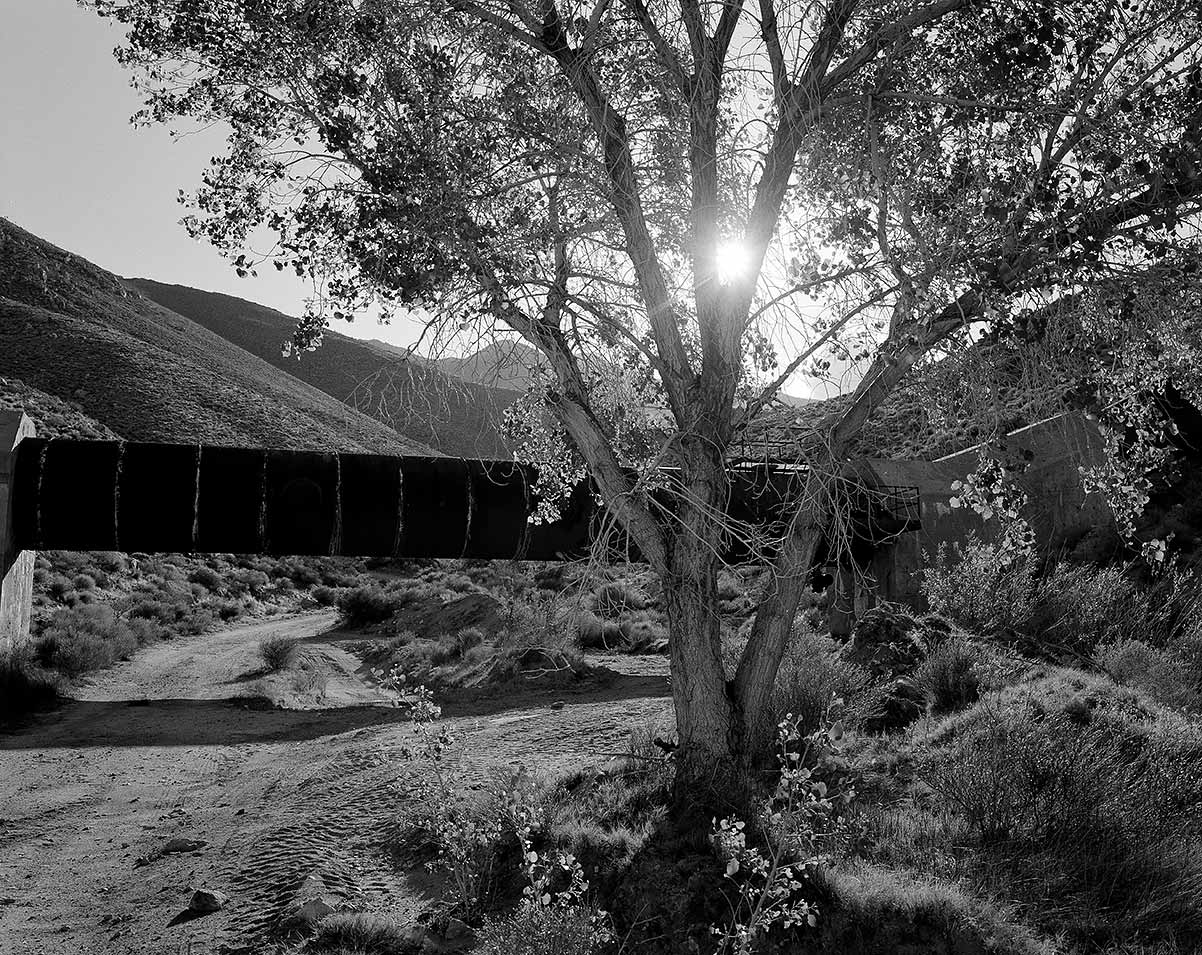
Owens Valley, California
In 1927, at this exact spot, in a remote canyon in Owens Valley, famers used dynamite to blow up the California water aqueduct. William Mulholland, a powerful Los Angeles official, had been secretly depleting Owens Valley in northern California of its water, sending it to an expanding Los Angeles, where he and his friends had made real estate investments based on their plans to bring water to the area. This sparked the California Water Wars of the 1920’s. Today, Los Angeles is an ever- expanding city of four million people, while the orchards of Owens Valley are gone.
COLORADO
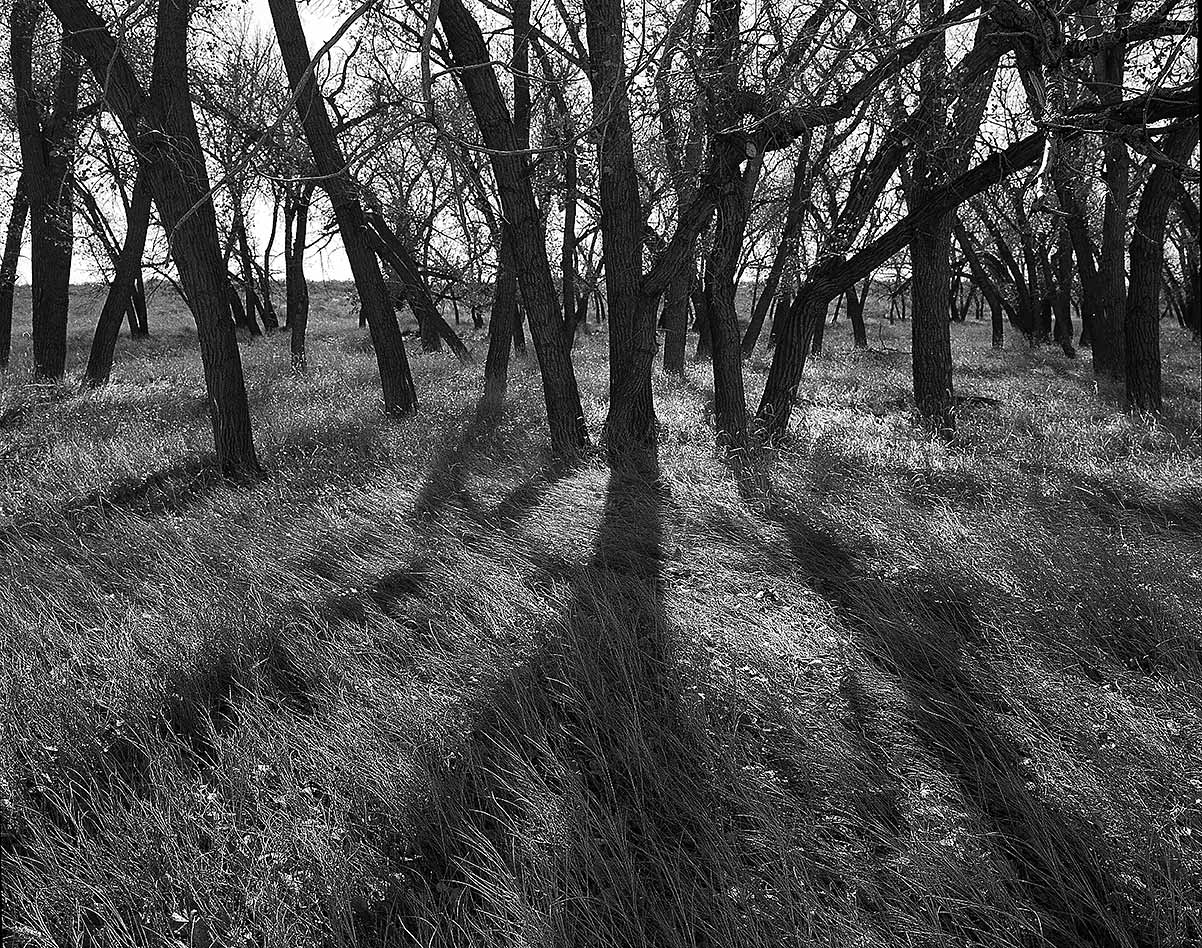
Eads, Colorado
On the morning of November 29th, 1864, Colonel John Chivington of the Colorado Territory Home Guard, led a drunken group of soldiers in an attack on a Cheyenne and Arapaho village of women, children, and old men. The chief Black kettle had previously been told to camp along the banks of Sand Creek and fly an American flag by the army after signing a peace treaty. However, this did not protect him from Chivington’s attack. Quickly realizing that this was an assault on a peaceful village, two officers held back their men and refused to participate. Later they were both murdered before they could testify in a Congressional Inquiry on the massacre. In 2007 the National Park Service was able to buy the ranch land where the massacre took place, and it is now a protected National Historic Site.
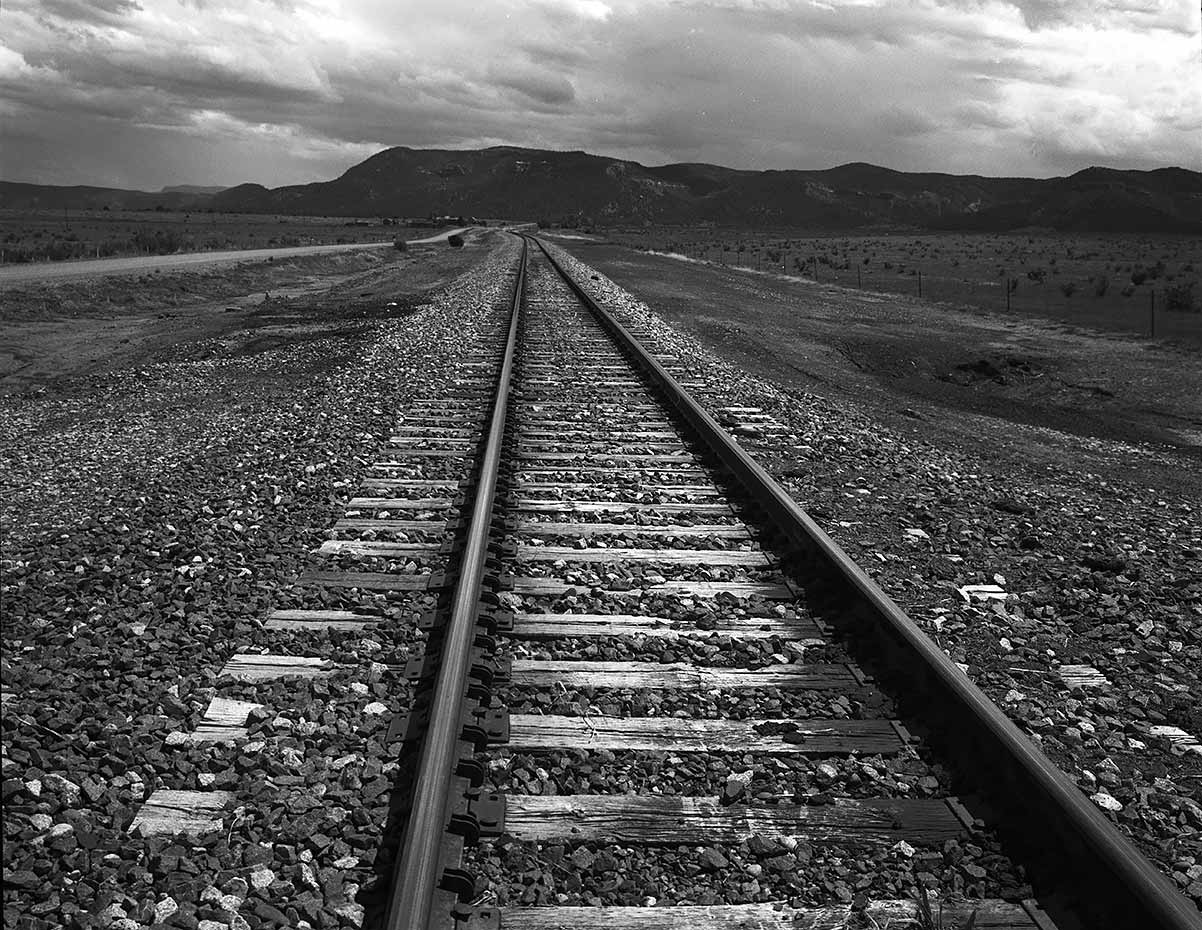
Ludlow, Colorado
On April 20, 1914, striking miners who had set up a tent city after being evicted from their company owned homes, were attacked by the Colorado National Guard, coal company guards, and private detectives. They used the railroad to mount guns on train cars, firing into the tents, killing 19 miners and their families. Four women and eleven children were burnt to death as they huddled in their tent.
CONNECTICUT
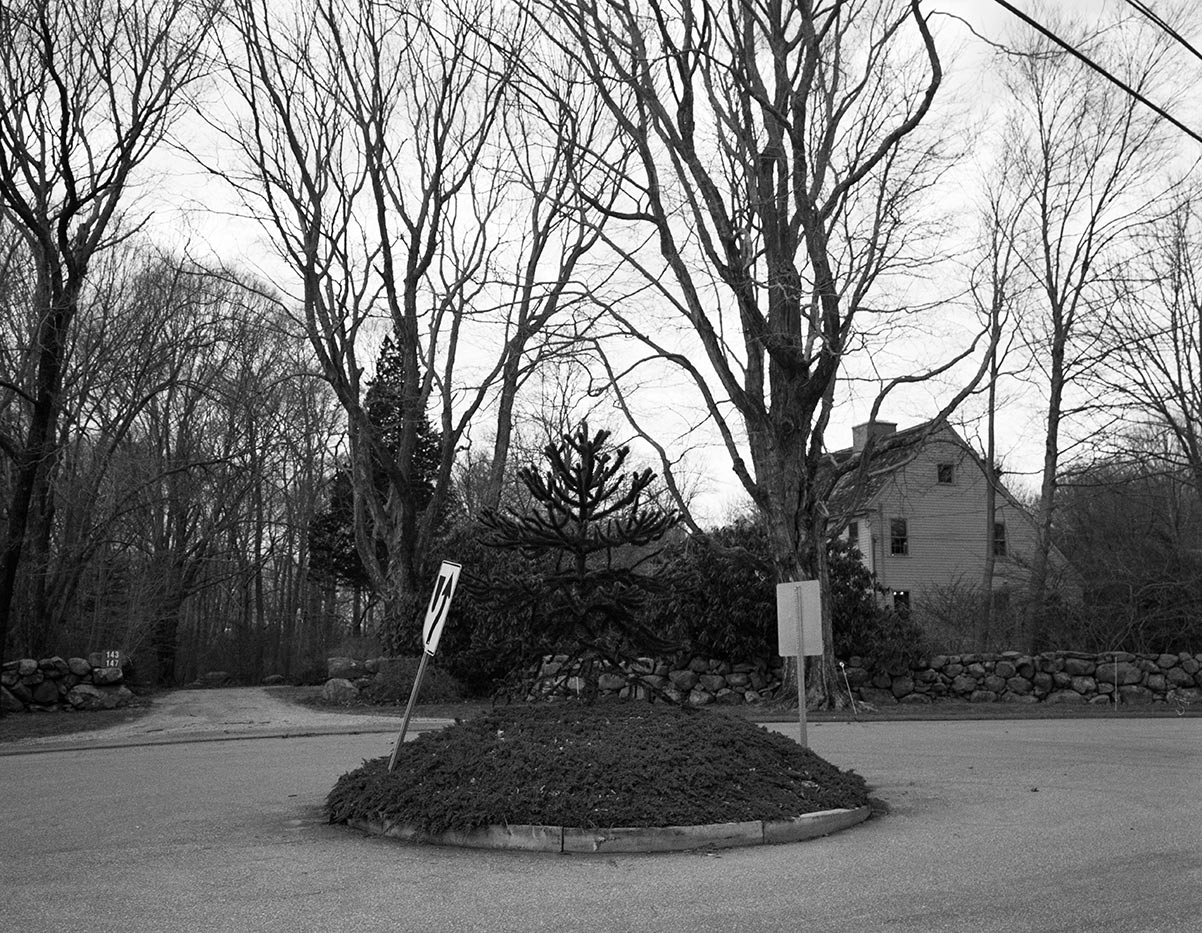
Mystic, Connecticut
In May of 1637, Captain John Mason led a raid against the Pequot Indians. Guided by scouts from the Narragansett tribe, traditional enemies of the Pequots, Mason and his soldiers made a surprise attack on a Pequot fort that they discovered on a hill in what is now Mystic, Connecticut. The Englishmen brought with them to the New World a style of warfare that emphasized victory over personal valor. They surrounded the fort and burnt it down, slaughtering the women and children who tried to flee from the flames. Over five hundred Pequots were massacred. As an award for his success, Mason was given an island in the nearby Sound, still named Mason’s Island. Today, the area where the fort once stood is a quiet residential neighborhood, only a few blocks away from an Interstate 95 exit. For many years, in a traffic circle stood a statue of Captain John Mason. In 1995 members of the Pequot Tribal Council successfully petitioned to have Mason’s statue removed.
ILLINOIS
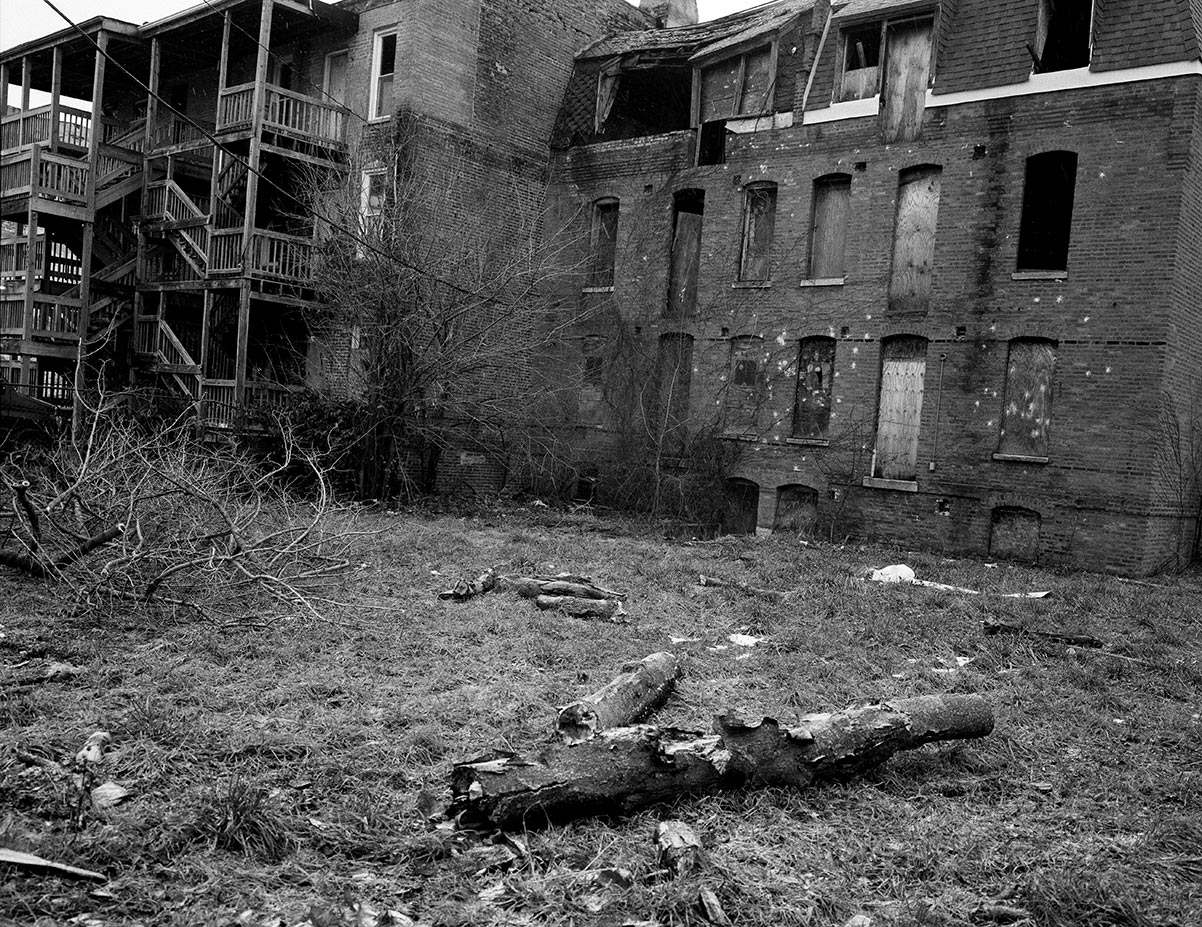
Chicago, Illinois
Chicago’s Pullman neighborhood was one of the first company towns constructed in America. Built in the 1880’s by George Pullman, the owner of the Pullman Palace Car Company, workers paid the company rent and lived in carefully controlled row houses assigned by their jobs. The neighborhood became the center of a labor strike led by Eugene Debs in 1894, which was crushed after the army was called in. Tied to the economic well being of the railroads, the neighborhood went through several booms and busts before becoming part of Chicago’s black South Side.
KENTUCKY
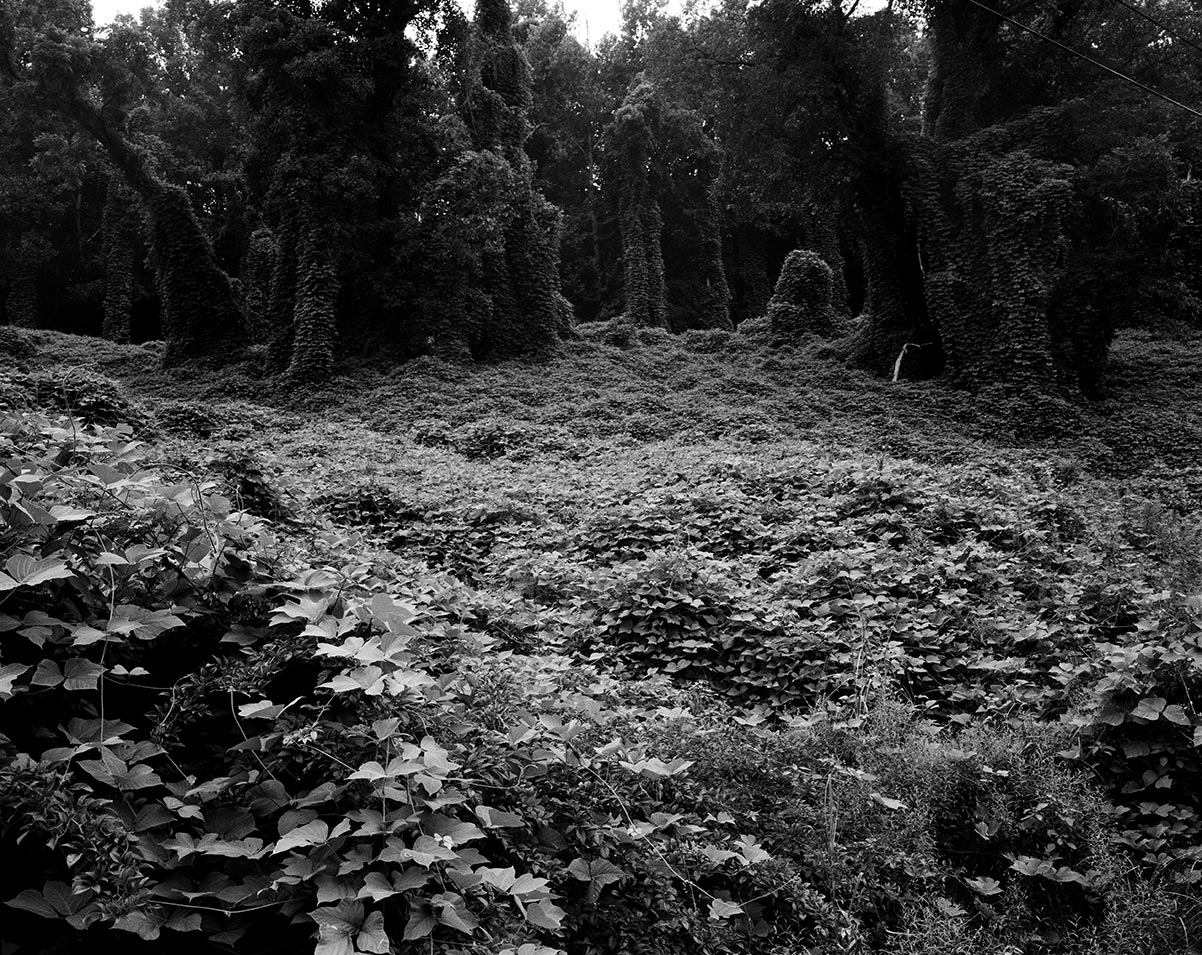
Martin County, Kentucky
When President Lyndon Johnson decided to announce his War on Poverty in 1964, he chose to do so from a family’s front porch in the heart of impoverished Appalachia, Martin County, Kentucky. An essential part of Johnson’s Great Society, many of the programs to help America’s poorest communities were whittled down during the political backlash that followed the 1960’s. Today, Martin County remains poor and depopulated, as young people continue to leave the area to seek economic opportunities elsewhere.
MASSACHUSETTS
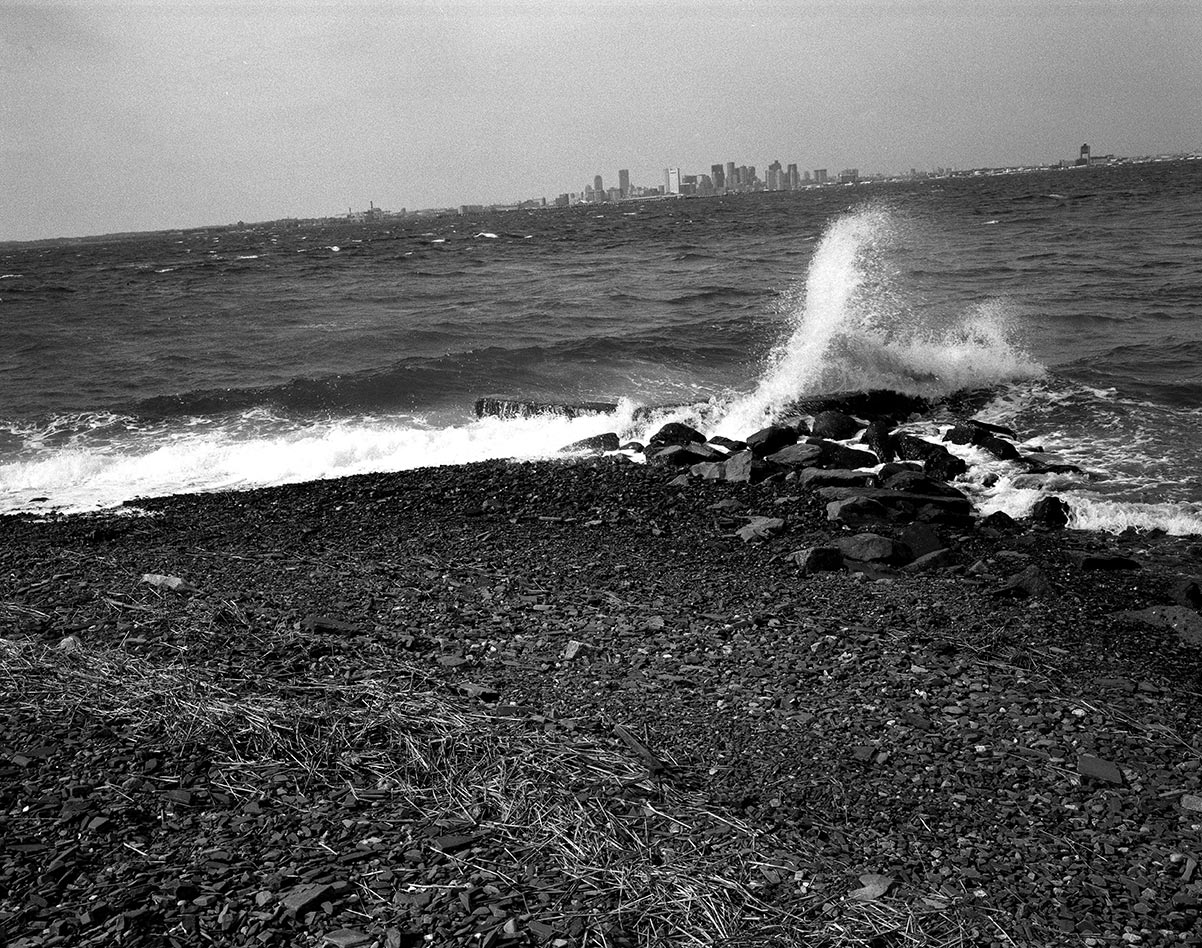
Winthrop, Massachusetts
By the 1670’s enough Indians had converted to Christianity to form dozens of separate “Praying Indian” villages across New England. Chief Metacomet’s success in attacking and destroying many of the white settlements of New England during the King Philip War created a panic among the colonists, and during the bitter cold winter of 1675-1676, Indians who had converted to Christianity were rounded up and imprisoned on Deer Island in Boston Harbor, creating America’s first concentration camp. Denied adequate shelter or food, over 500 ‘Christian Indians’ starved or froze to death on the island.
MINNESOTA
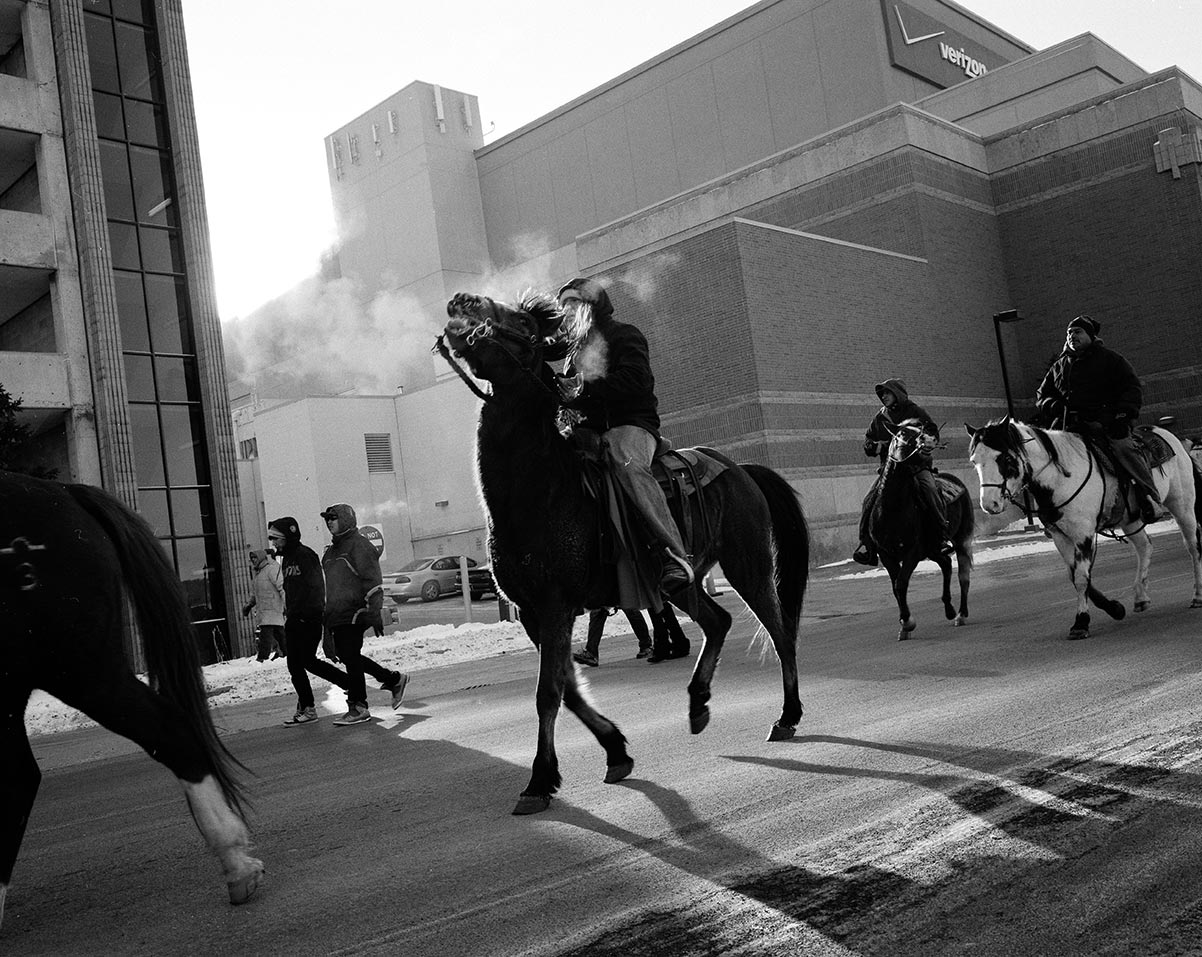
Mankato, Minnesota
On the morning after Christmas, Sioux riders enter the town of Mankato, Minnesota to mark the 150th anniversary of the execution of thirty-six warriors who were hung in the center of town in 1862. The hanging, which remains America’s largest mass execution, ended a rebellion by the Dakota, who were starving after promised provisions never arrived on the reservations. Minnesota settlers were so traumatized by the uprising that even today, it is illegal for the Sioux to be in the State.
MISSISSIPPI
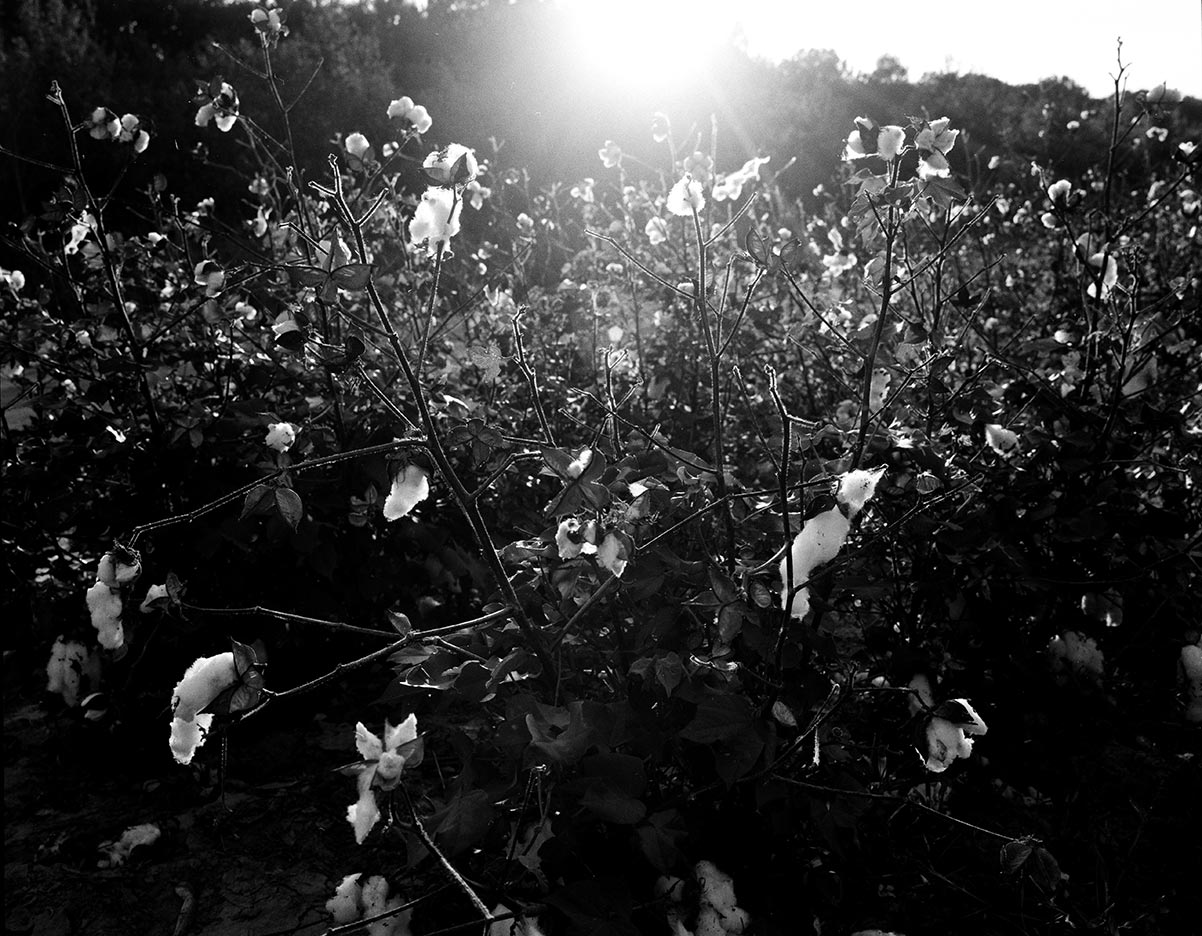
Money, Mississippi
During the summer of 1955, a 14-year-old black boy from Chicago named Emmett Till was visiting with relatives in the small Mississippi Delta town of Money. While buying candy at a local store, he either whistled at the white lady who ran the store, said “bye baby”, or in some other trivial way broke the strict racial and sexual barriers that existed in the South. He was kidnapped, beaten, and murdered, his disfigured body dumped into the nearby Tallahatchie River. Because his mother insisted on an open casket funeral, for the world to witness first hand the brutality of segregation, and because his killers were quickly set free, even as they freely admitted to the crime, anger over the injustice of Emmett’s murder motivated a future generation of young Civil Rights activists.
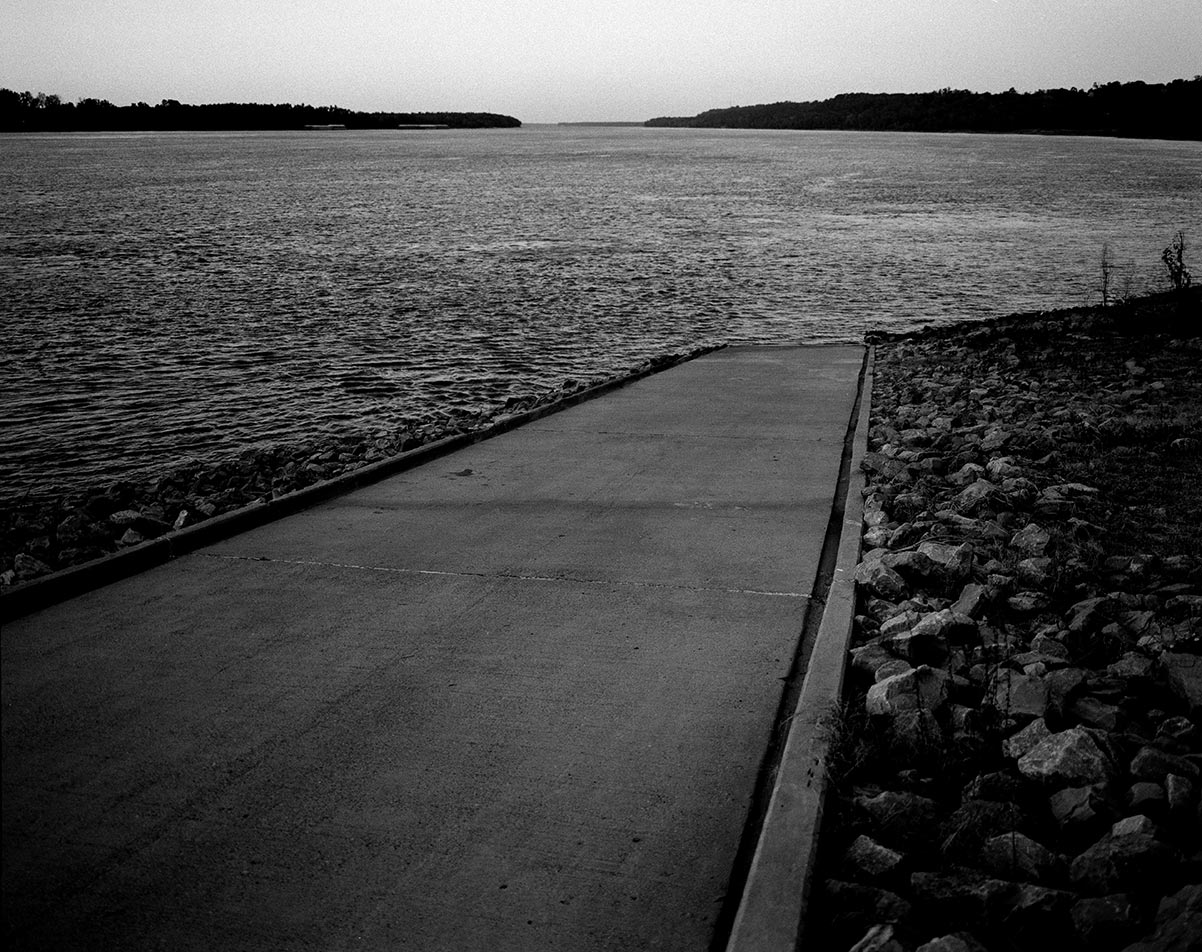
Natchez, Mississippi
From the 1820’s until the 1860’s, Natchez, Mississippi was a major hub for the slave trade. Slaves were transported, either on forced marches over land, or more often by ship up the Mississippi River, from the plantations of Virginia to the more dangerous cotton fields of Louisiana and Mississippi. The threat of being sold to the newer markets of the Deep South was often used to keep slaves in line, or as punishment for those who appeared rebellious. Just as often, slave masters sold their slaves for the money, creating a breeding program for human beings in the wealthier lands of Eastern Virginia, and a new generation of laborers in the cotton and cane fields of the expanding South.
MONTANA
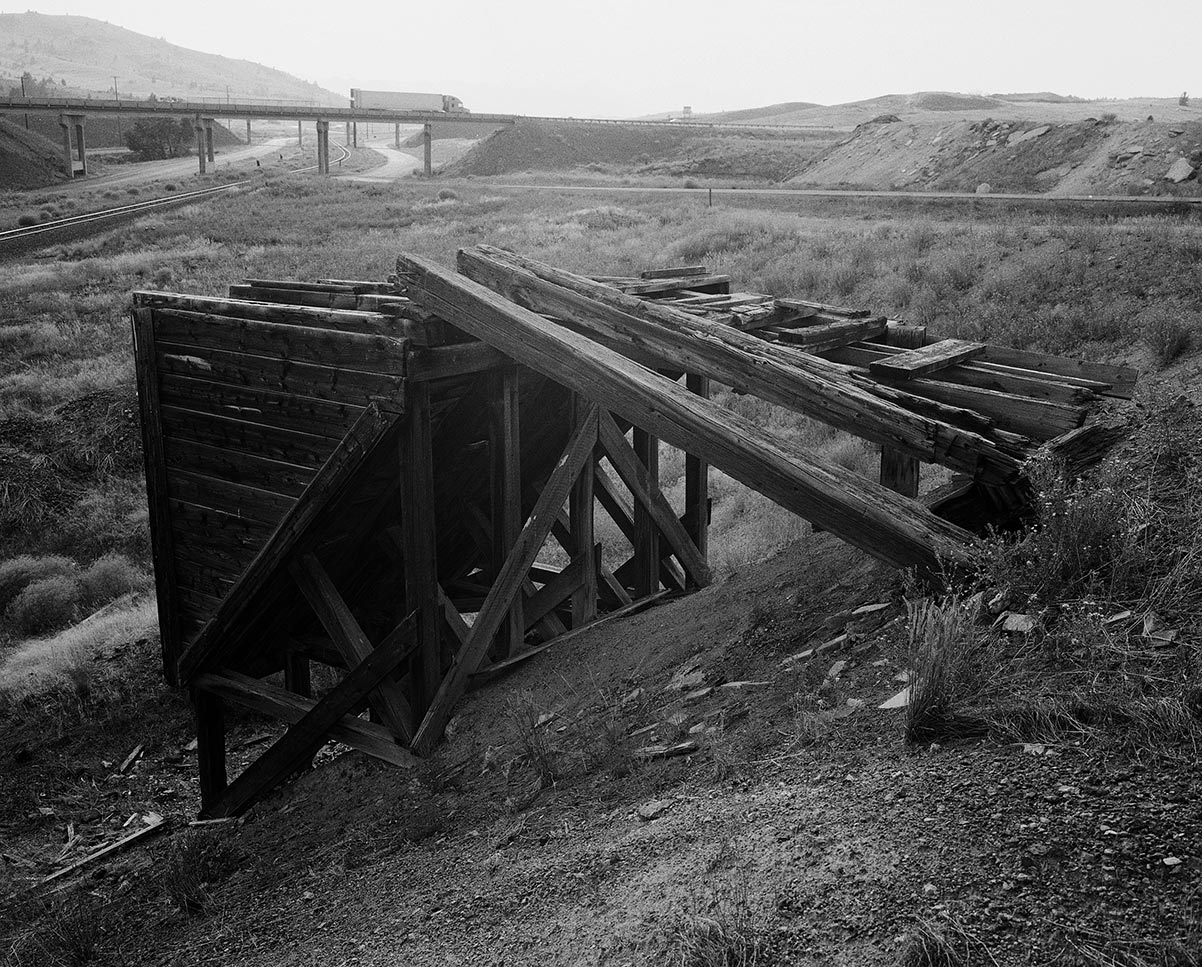
Butte, Montana
During the First World War, the rough, unregulated copper mines of Montana supplied raw materials for the war, with little concern for workers wages or safety. After the Speculator Mine disaster of 1917 killed one hundred and sixty eight miners, Wobbly union organizer Frank Little arrived in Butte to support a strike for better working conditions. On August 1, 1917 he was kidnapped in his boarding room by several men, beaten, dragged through town from the back of a car, and hung from this railroad trestle on the edge of town. No one was ever charged for Little’s murder.
NEW YORK
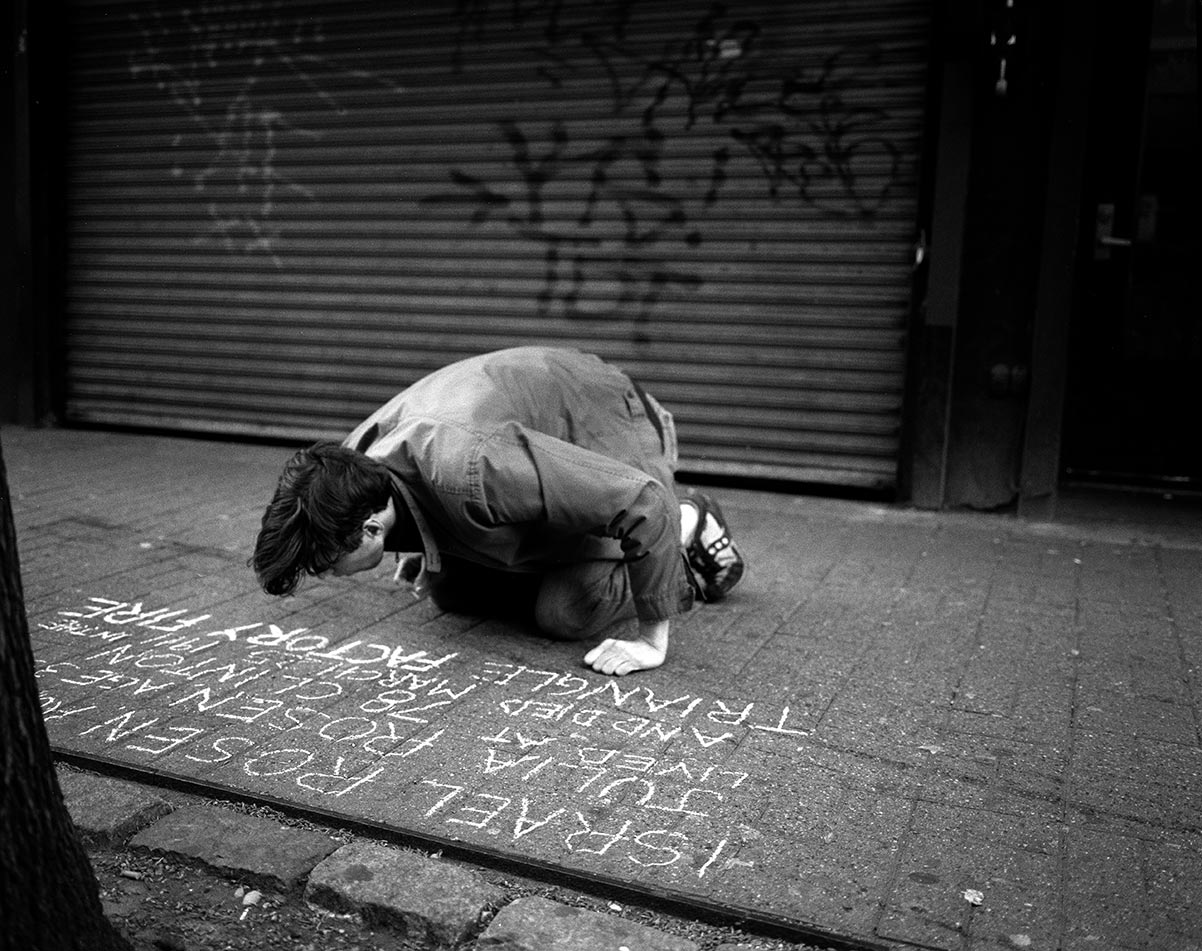
New York City, New York
On March 25 of 1911, the Triangle Shirtwaist Factory caught fire in New York City. 146 garment workers died, many of them jumping to their deaths because the stairway and exit doors had been locked to keep the mostly young, underpaid Jewish and Italian immigrant workers on the sewing machines. Every year, on the anniversary of the fire, a small group of volunteers chalk the names of the victims on city sidewalks in front of the Lower East Side addresses where the young women had lived.
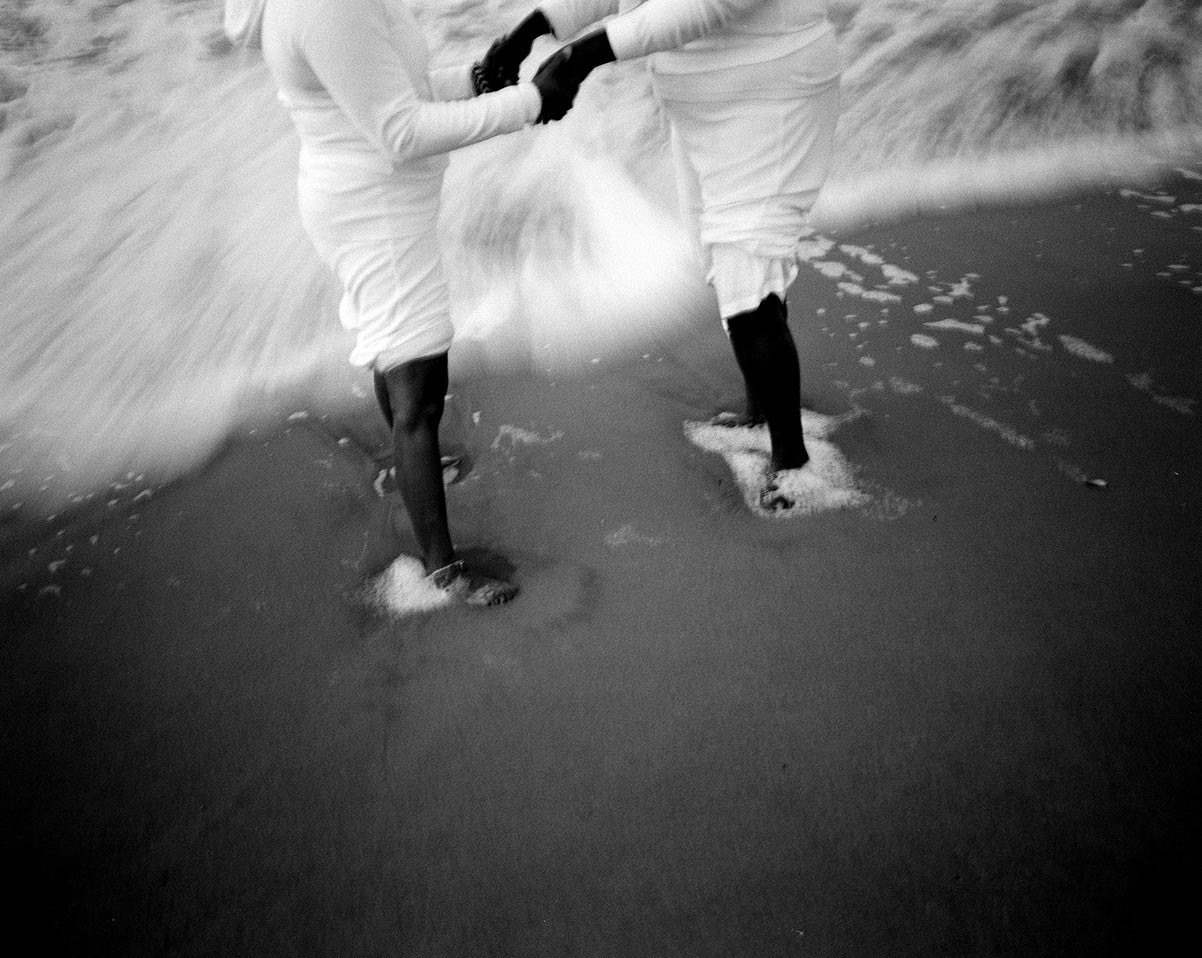
Queens, New York
It is estimated that over 12 million Africans were kidnapped and forced onto ships headed to the New World as slaves. Millions died on the journey. Every year, St. Paul’s Community Baptist Church in East New York, Brooklyn, remembers this holocaust by offering a prayer to ancestors who died on the slave ships crossing the Atlantic Ocean. Hundreds of parishioners, wearing white, attend a dawn ceremony at the edge of the ocean in Rockaway Beach, Queens.
RHODE ISLAND
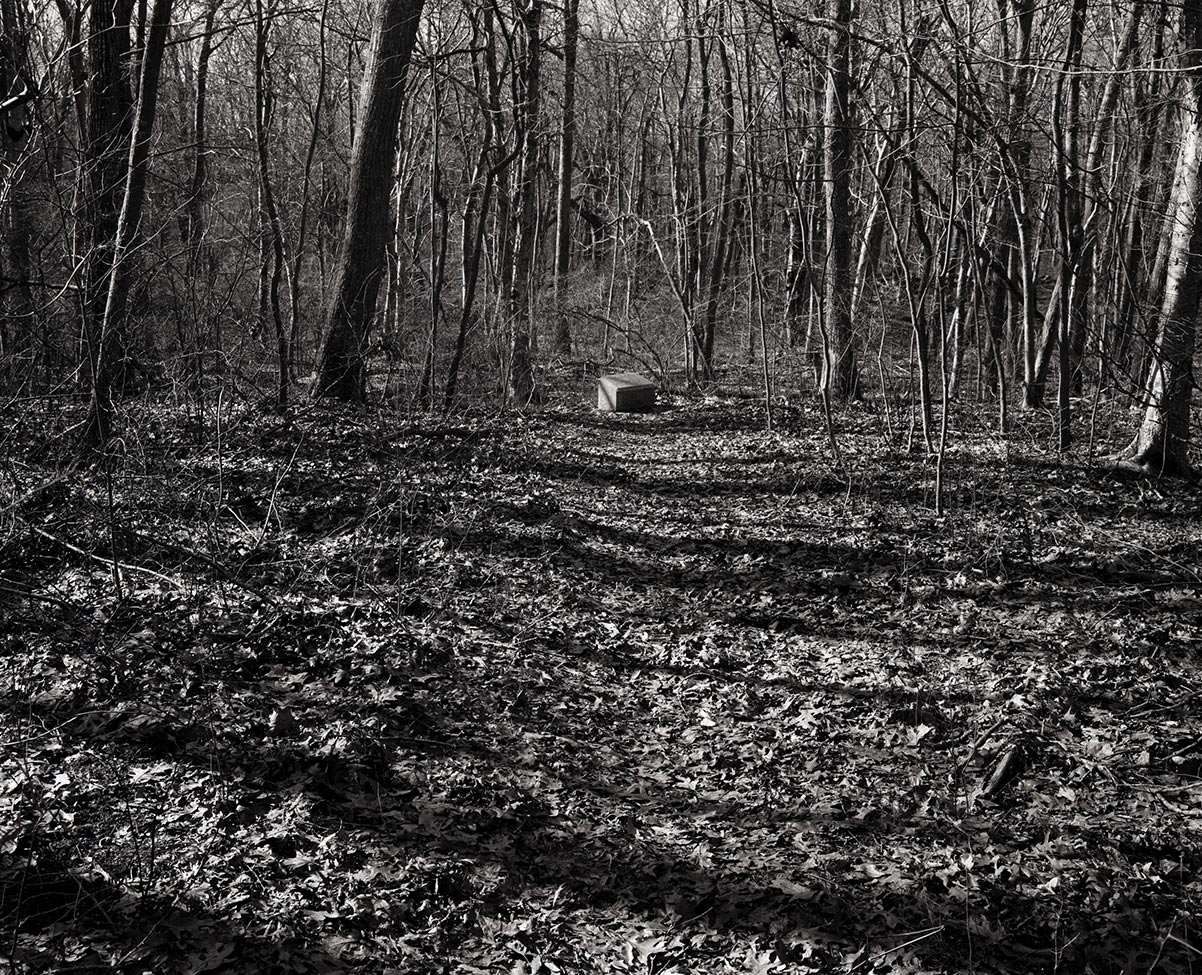
Bristol, Rhode Island
A small stone monument marks the spot in the Miery swamp outside of Bristol, Rhode Island where the Indian leader known as King Phillip was finally tracked down and killed in 1676. The Wampanoag warrior, who had led an Indian rebellion that managed to burn down much of colonial New England in the 1670’s, had his hands chopped off and given to the Christian Indian scouts who had helped find his last hiding place. Phillip’s head was displayed on a stake at the entrance of nearby Plymouth for twenty years, and his wife and son were captured and sold into slavery in the Caribbean. The proceeds from the sale of hostile Indians were split amongst the leaders of the colonial militias.
SOUTH CAROLINA
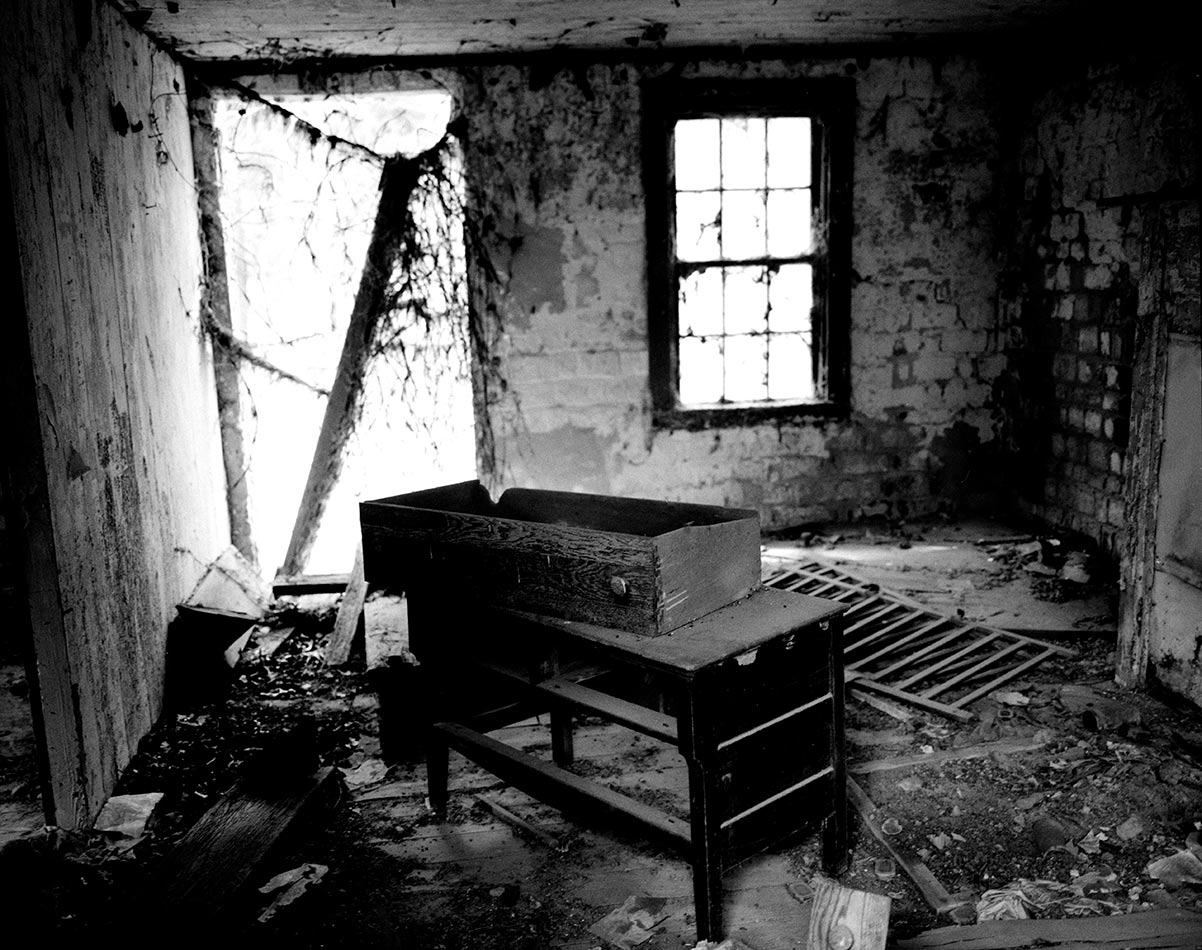
Beaufort County, South Carolina
The ruins of a slave cabin remain on a former plantation’s land along the banks of the Combahee River. During the summer of 1863, fugitive slave Harriet Tubman returned to the South to lead Union troops up the Combahee River, freeing over 700 slaves from the surrounding plantations, including this one. After the Civil War black families working the rice fields continued to live in the cabins until the 1970’s.
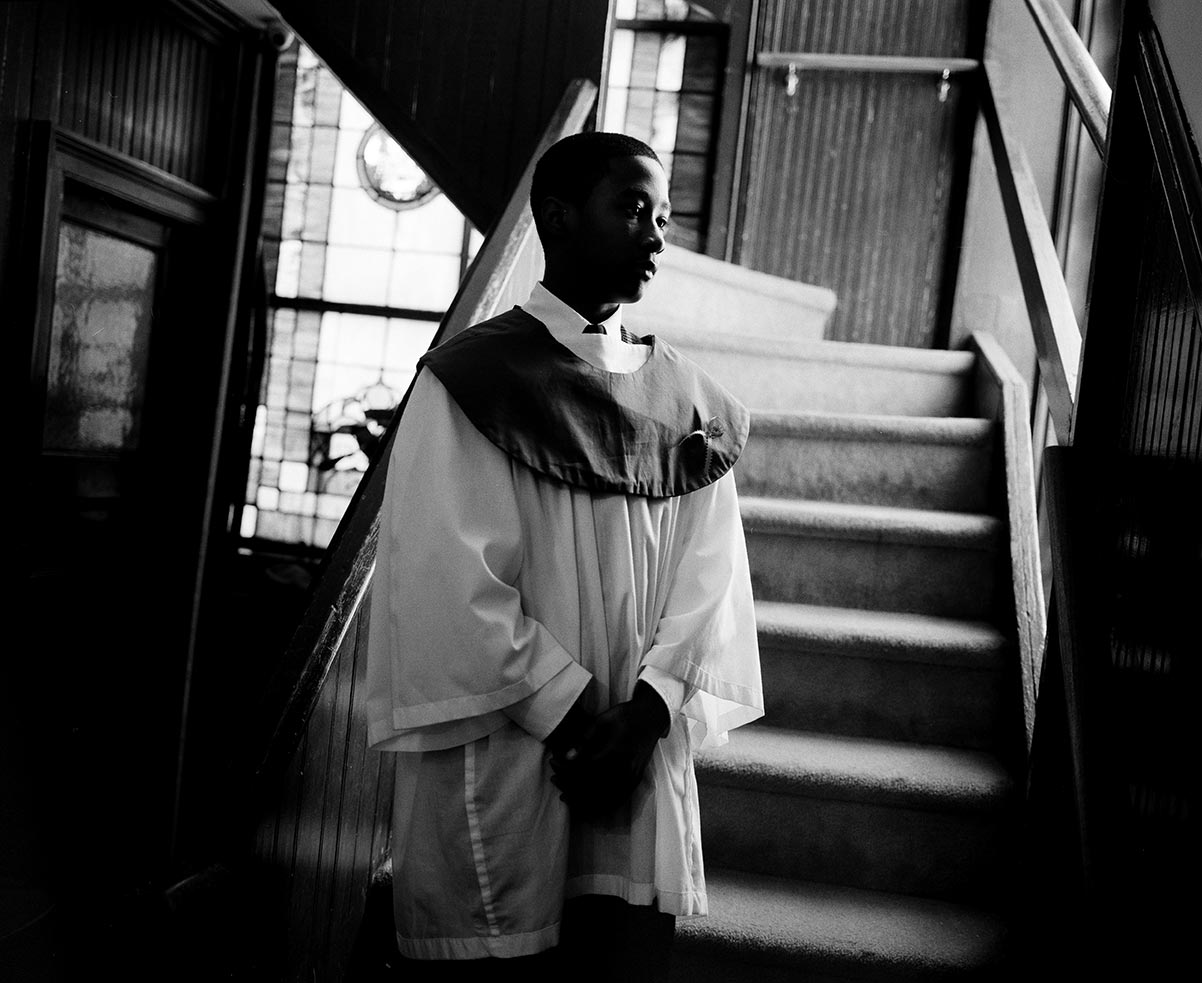
Charleston, South Carolina
Freed slave Denmark Vesey organized America’s largest slave rebellion. A very religious man, he was driven to rebellion after his church was burnt down by authorities fearful of African gathering places. Vesey was inspired by the successful slave revolt in Haiti. He planned his rebellion to begin on Bastille Day, July 14, 1822, by seizing ships in the Charleston harbor and sailing to Haiti. Betrayed by two slaves, the revolt was crushed before it could begin. Thirty-five men were executed, including Vesey. Denmark’s son, Robert Vesey, survived, and built the Emmanuel AME Church, which still stand in downtown Charleston today.
SOUTH DAKOTA
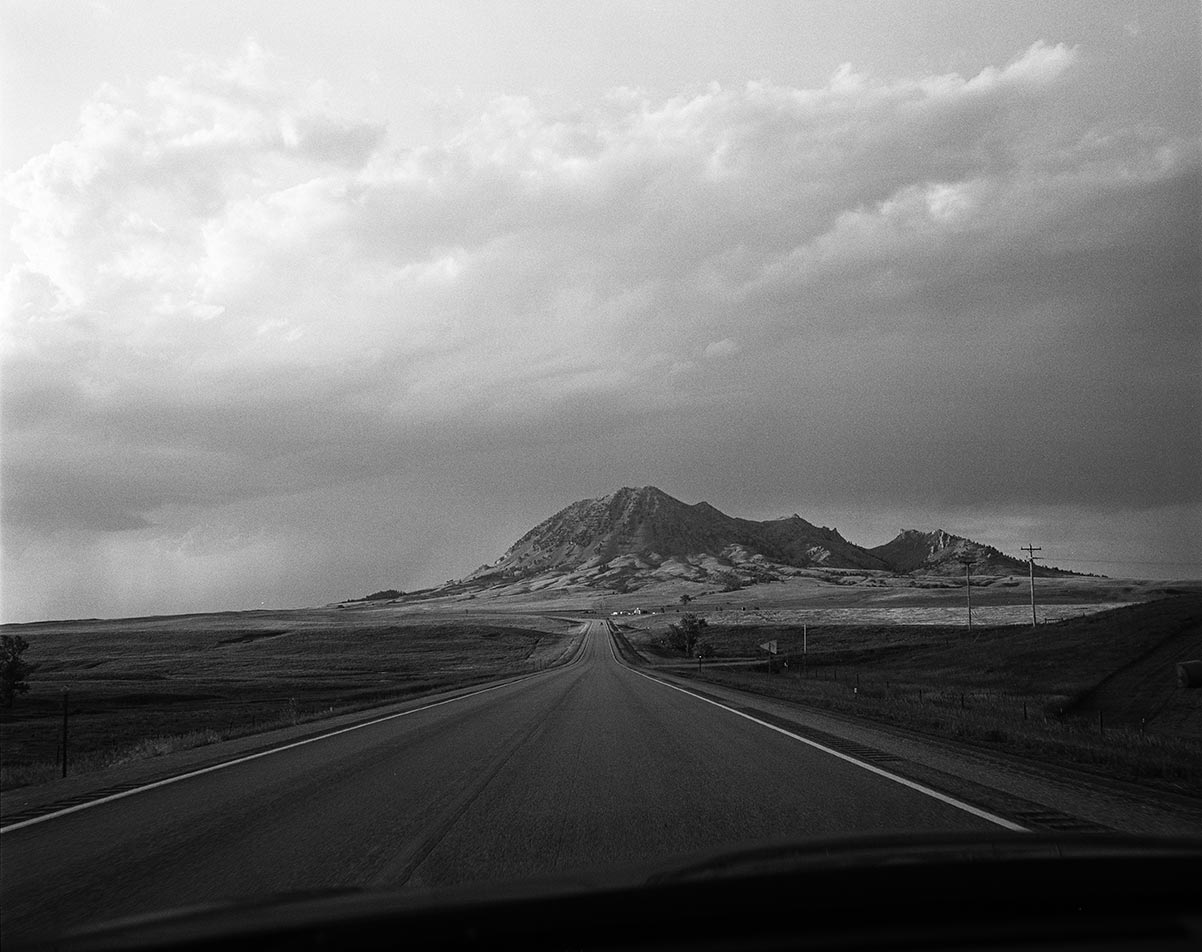
Sturgis, South Dakota
Throughout his short life, Bear Butte, on the northern edge of the Black Hills, was a place of refuge for the Sioux warrior Crazy Horse. It was on this hilltop, jutting out of the Great Plains, that both the Sioux and Cheyenne believe that the Creator handed down the laws that governed their nations. And it was here that Crazy Horse climbed to receive his vision, which was to dedicate his life defending the sacred hunting grounds of his people. Today, Bear Butte is located only a few miles from the biker bars of Sturgis, South Dakota. While the butte is covered in prayer flags, left by visitors from the reservations to the east, most Americans are more familiar with the reality television show being filmed just down the road at the Full Throttle Saloon.
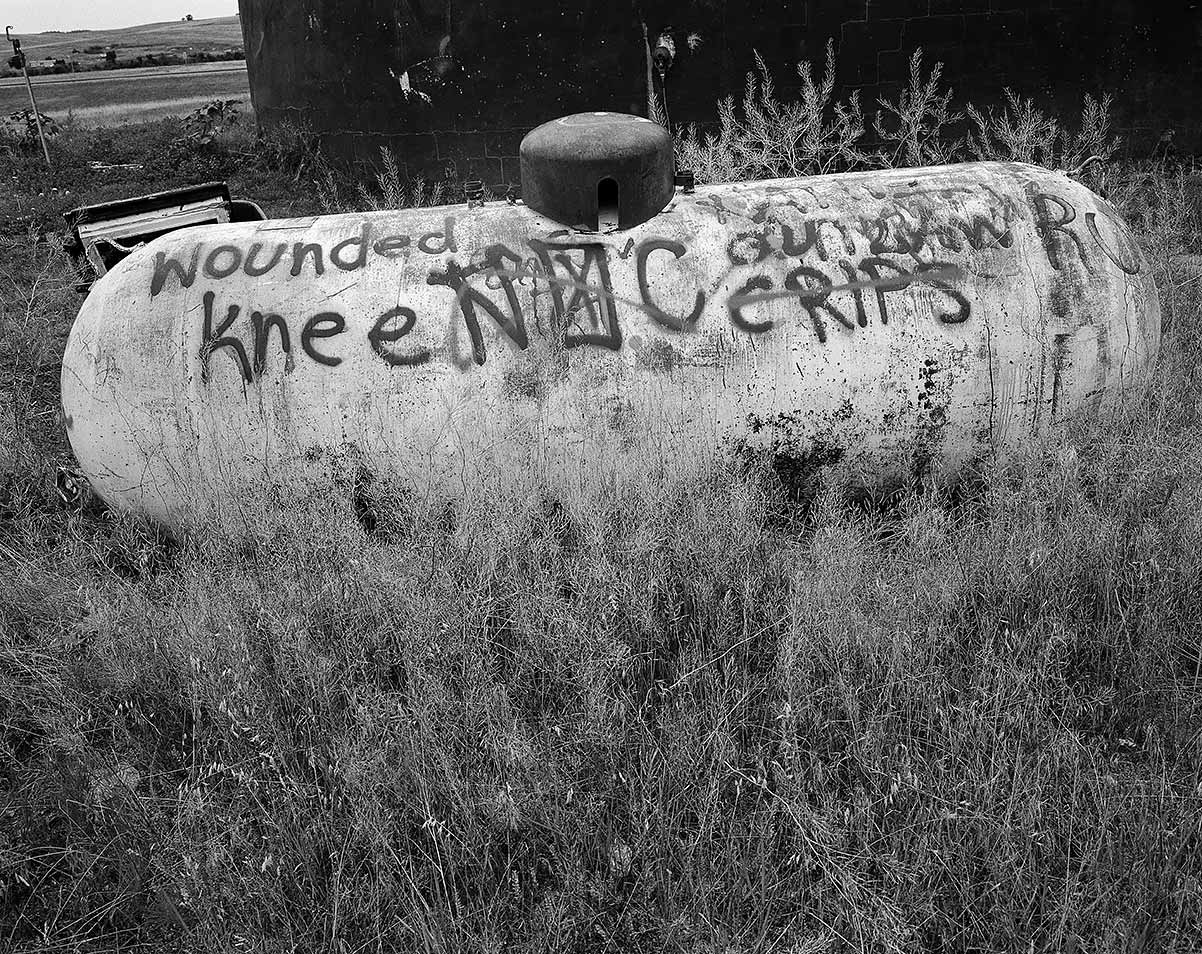
Wounded Knee, South Dakota
A water tank with gang graffiti sits behind an American Indian Movement building just below the Wounded Knee burial grounds on the Pine Ridge Reservation. Just up the hill, the victims of the 1890 massacre are buried in a mass grave. The slaughter of Spotted Elk’s Lakota refugees by the 7th Cavalry, on the snow covered prairie of the Pine Ridge Reservation, marked the end of over 250 years of conflict with America’s indigenous people. Today, the reservation remains one of the poorest places in America.
TENNESSEE
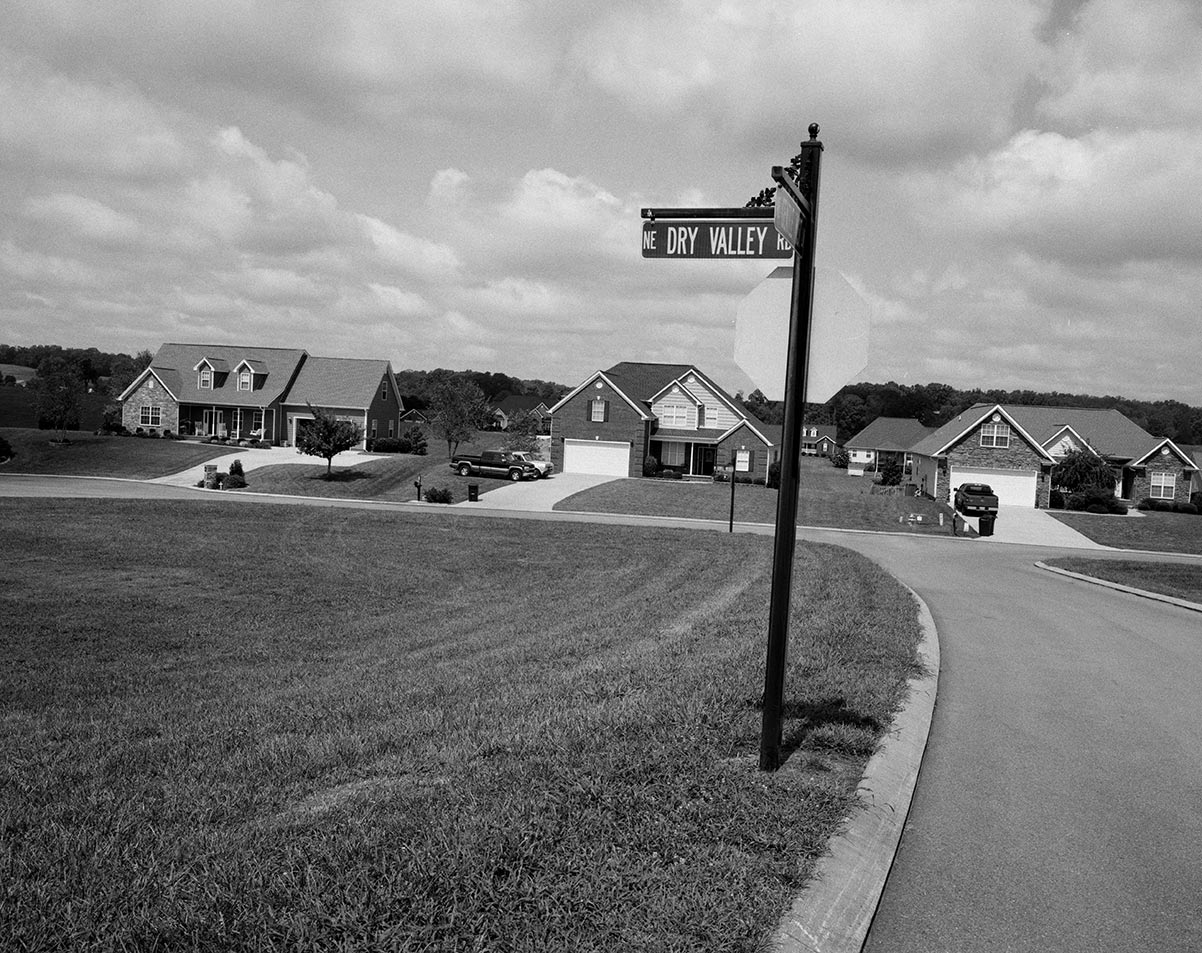
Charleston, Tennessee
The Trail of Tears, in which the assimilated tribes of the Southeast were stripped of all their property and rights after the passage of the Indian Removal Act of 1830 and forced marched under brutal conditions to Oklahoma, has been a dark stain on America’s reputation since the mid-nineteenth century. The Federal Government has recently invested a lot of money in preserving the memory of this genocide. Key points along the trail, from the mountains of Northern Alabama and Georgia to the plains of Eastern Oklahoma, are well marked with road signs and historical information. However, the harshest concentration camps, where Cherokee refugees were forced to camp during the hard winter of 1838 in Eastern Tennessee and wait to be moved further west, remain unmarked.
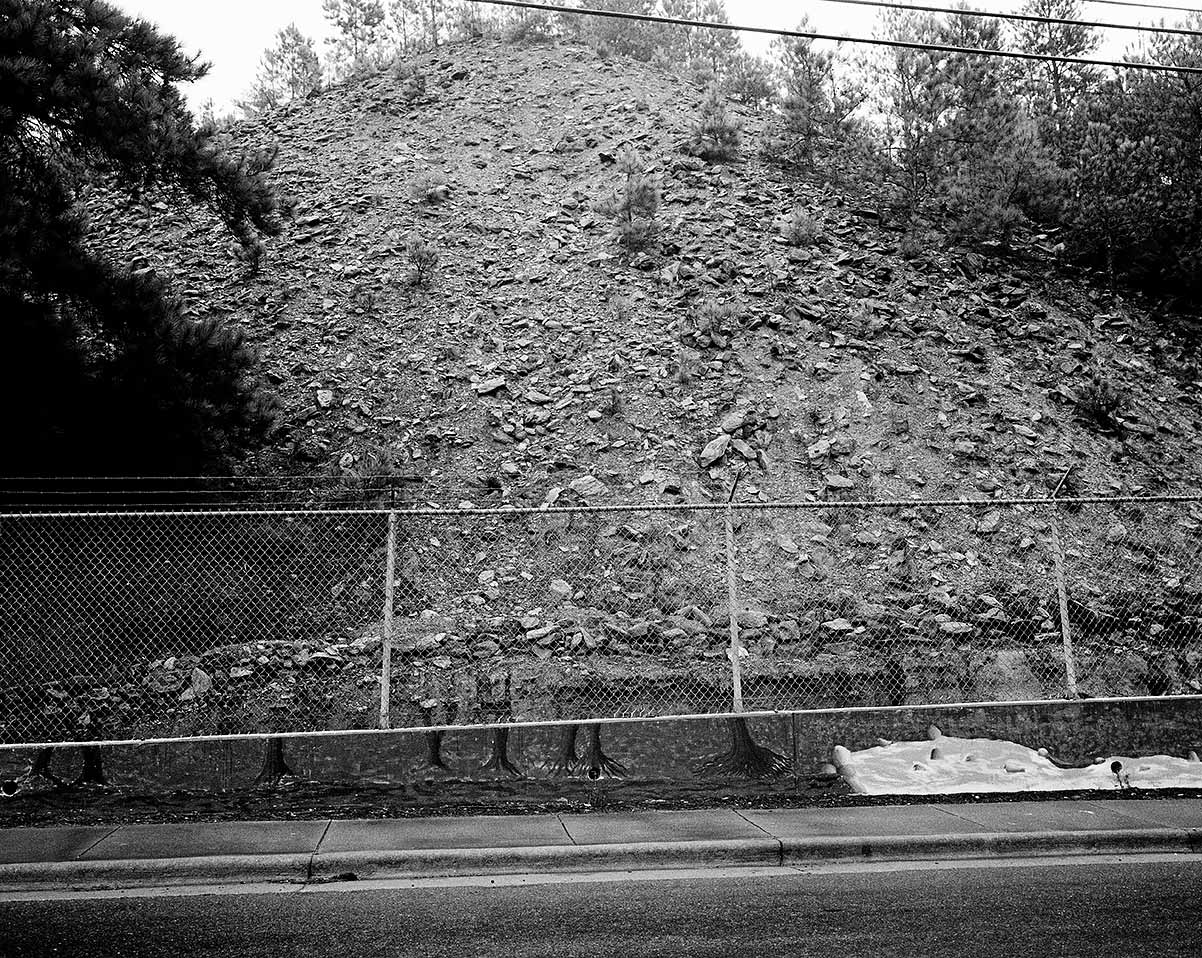
Ducktown, Tennessee
By the end of the 19th century, most of the once lush forests of southern Appalachia had been stripped bare, causing massive flooding and fires. Even by the standards of that industrial era, the Burra Burra copper mine in Ducktown, Tennessee stands out as an environmental disaster of epic proportions. In the 1890’s the mine’s open roast smelting methods released huge amounts of sulfur dioxide into the air, killing off all vegetation in 32,000 surrounding acres of what had, seventy years earlier, been the wilderness so vast it appeared endless.
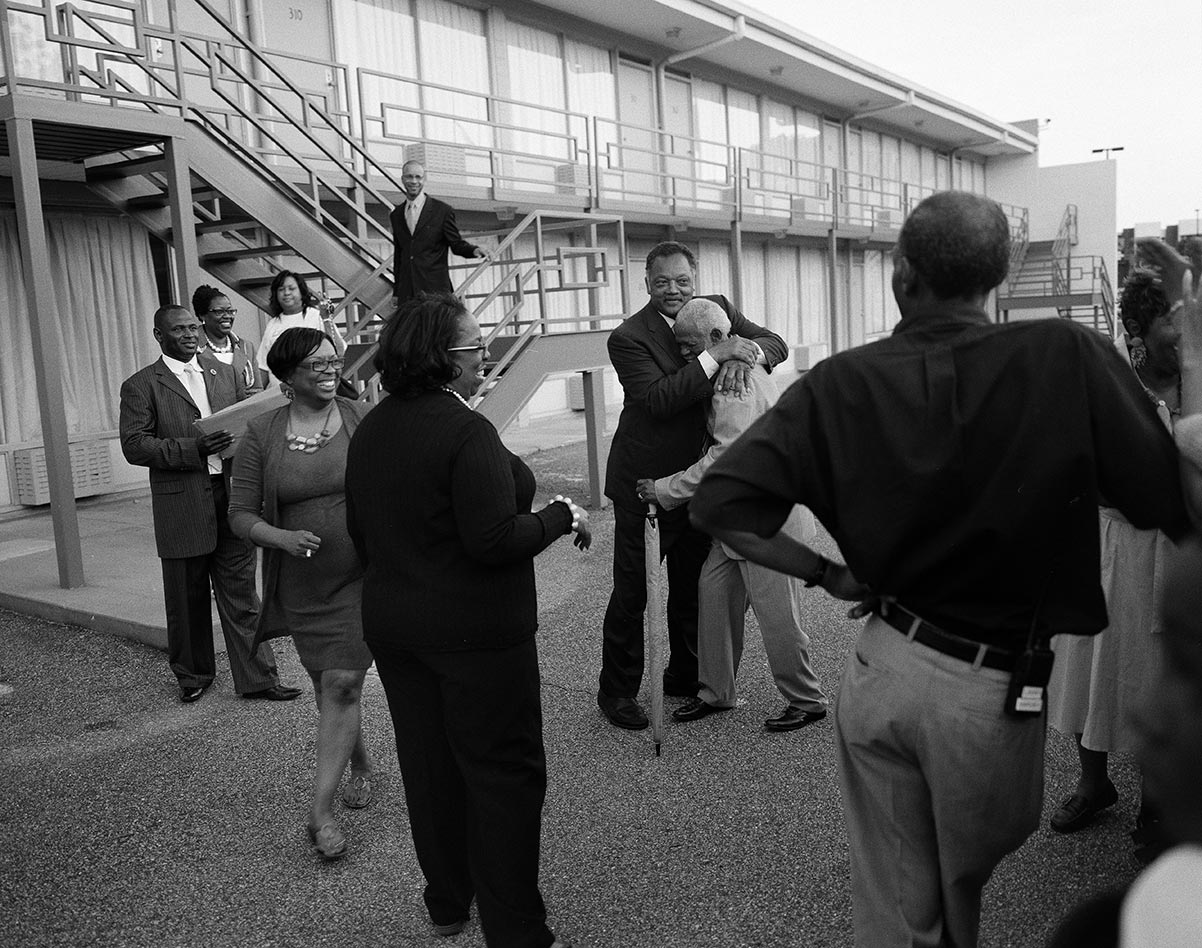
Memphis, Tennessee
On April 4, 1968, Martin Luther King was assassinated on the balcony outside of his room at the Lorraine Motel in Memphis. King had come to Memphis to support striking black sanitation workers, who worked under dangerous conditions and were paid less than their white colleagues. The segregation era Lorraine has been preserved, and is now the National Civil Rights Museum. Every year on the anniversary of King’s death, a memorial ceremony is held at the museum, and every year the Reverend Jesse Jackson, who was with King the day he died, attends the event. In this photograph he is hugging Elmore Nickleberry, one of the original striking sanitation workers, after the brief ceremony.
TEXAS
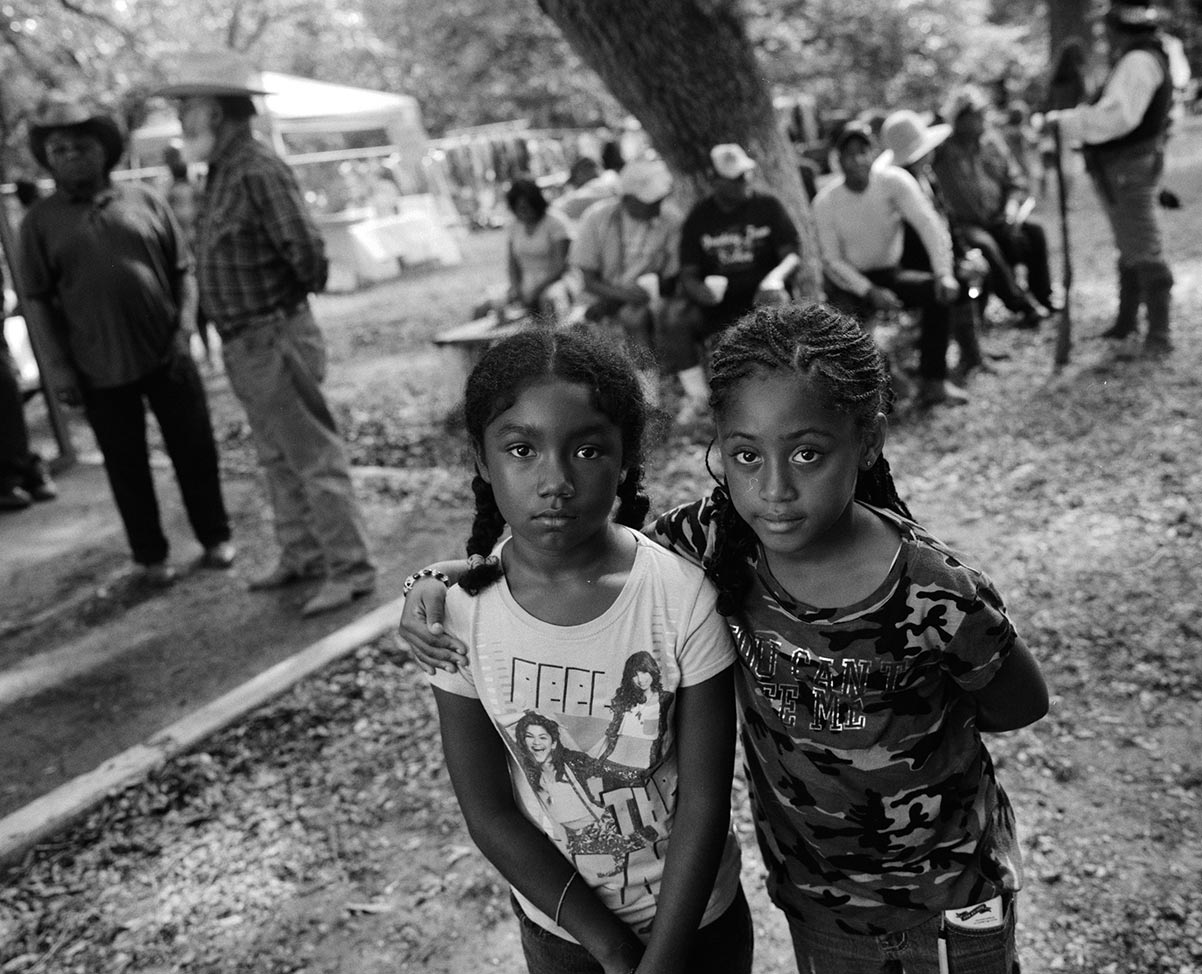
Bracketville, Texas
The story of the black Seminole is the story of an epic American journey. Slaves from the plantations of South Carolina would escape into the wilds of Florida and join the Seminole Indian tribe, becoming full members and valued warriors. This migration was a great threat to the American slave owners, and two wars were fought to conquer the Seminole lands. Like most of the other southern Indian tribes, the Seminoles were finally forced into a brutal trek to Oklahoma in the 1840’s, where some poor land had been set-aside for them. But once there, Americans would raid the reservation seeking out darker skinned former slaves, kidnapping them, and selling them back into slavery. Under the leadership of John Horse, many of the black Seminole fled to Mexico where they were given land by the Mexican government. From South Carolina to Florida to Oklahoma, to Mexico and back to Texas, these brave men and women fought and survived across the American frontier, redefining what it meant to be African, Indian, and American.
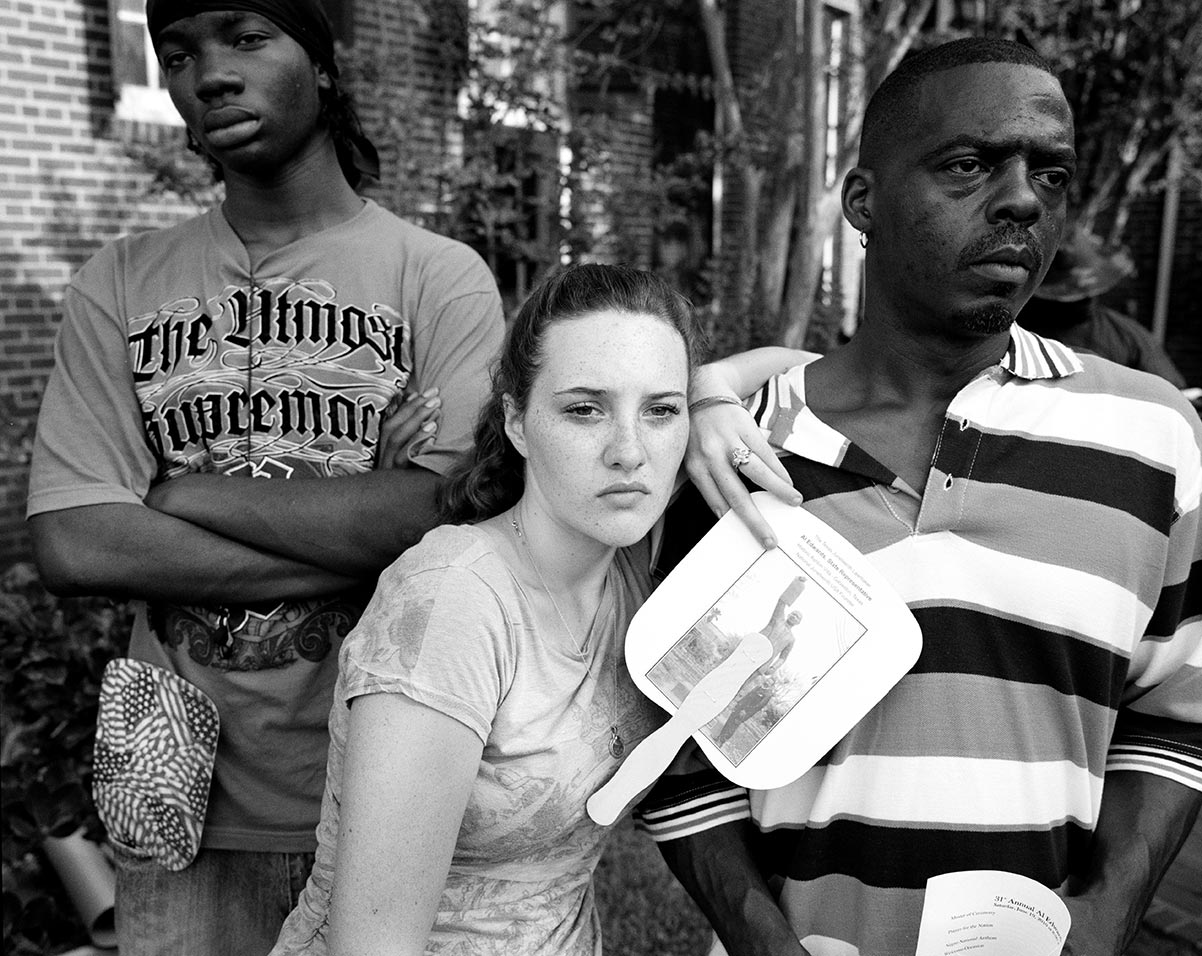
Galveston, Texas
With the Emancipation Proclamation, President Abraham Lincoln declared slaves in the Confederacy to be free as of January 1st, 1863. This had little effect for the vast majority of America’s slaves, who still lived under Confederate control. In Texas, the slaves had to wait until June 19th of 1865, when a Union General read the Proclamation from the balcony of a Galveston mansion. By combining the words “June” and “Nineteenth”, local black families made the event a festive holiday to celebrate their freedom. Today Juneteenth is the oldest known event commemorating the end of slavery in America. As part of the Juneteenth celebrations, the Emancipation Proclamation is still read every year from the same location in Galveston, Texas to local residents.
VIRGINIA
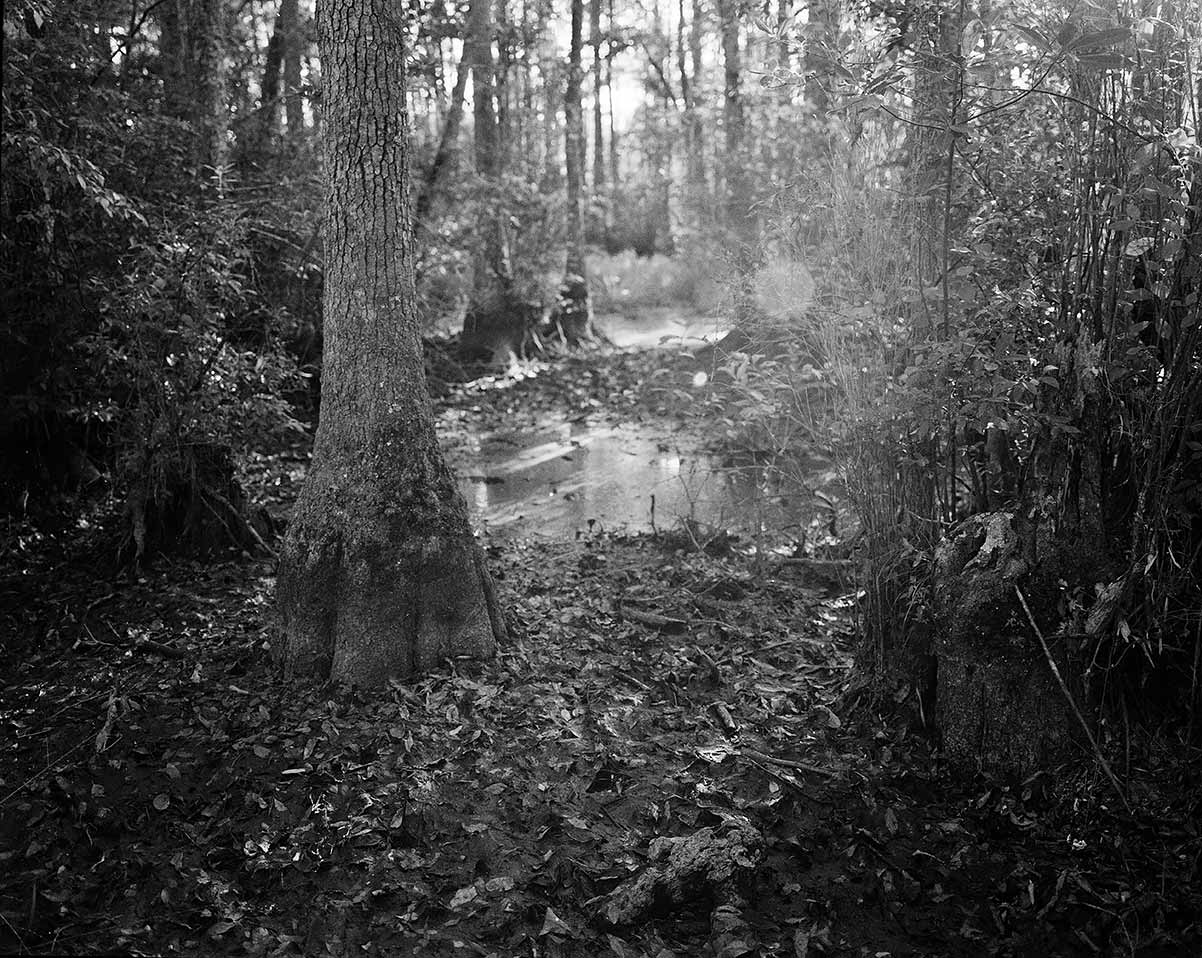
Cross Keys, Virginia
In August of 1831 a Virginia slave and preacher named Nat Turner received his final vision that the time had come for him to lead a rebellion to free his people. Turner had carefully planned the rebellion in the wooded swamps on the edge of the plantation in Southampton County where he worked, known, then and now, as Cabin Pond. After a killing spree that left approximately 60 whites dead, the slave rebellion was quickly crushed outside of Jerusalem, Virginia. Turner managed to escape, but was discovered a few months later less than a mile from Cabin Pond, where he had returned to hide and wonder why God had forsaken him.
WEST VIRGINIA

Blair, West Virginia
In 1921 thousands of armed union coal miners marched into West Virginia’s Logan County to help striking miners who were being attacked by company gun men. On Blair Mountain, sheriff’s deputies, armed guards, and soldiers stopped the march. The battle lasted for five days, and the miners left defeated after the National Guard used airplanes to bomb their trenches. James Weekley, the last resident of Pigeon Holler, lives on Blair Mountain. James, a former coal miner, refuses to sell his land to coal mining companies, which are seeking to strip mine the forested mountain to remove billions of dollars worth of coal. The state of West Virginia, under pressure from the energy industry, refuses to list Blair Mountain as an historical site, and the coal mining continues.



